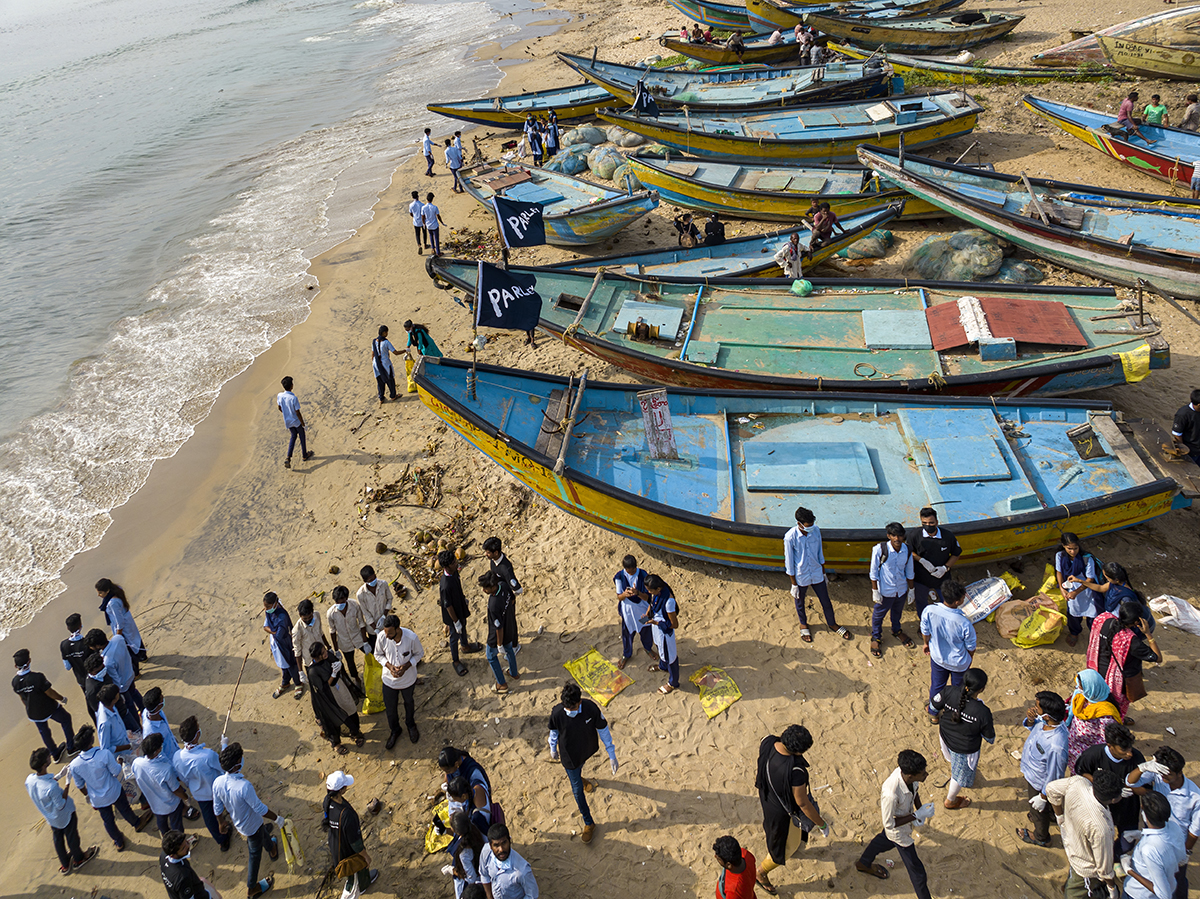
In August 2022, Parley for the Oceans and the Government of Andhra Pradesh celebrated the official launch of Parley India with one of the largest coastline cleanups in the world, spanning 28km of shoreline, 14 beaches and eight fishing villages
Cyrill Gutsch is the founder and driving force behind Parley for the Oceans, an organisation dedicated to protecting the oceans through underutilised avenues such as art, design, fashion and collaboration. He speaks to Trudy Ross about the material revolution, the pivotal role of artists in inspiring change, and the unique approach of partnering with big corporations for a sustainable future
LUX: What is the Parley for the Oceans movement?
Cyrill Gutsch: The core of what we are striving to do is to bring about a ‘material revolution’. We want exploitative and harmful materials and business practices to become a thing of the past. When you look at all of the environmental issues we face today, it always comes back to the way that we run businesses, which is based on an old belief that we can only survive if we are strong and even cruel. It is a very masculine, and outdated, idea of how to run society.
We must switch our model towards true collaboration, between humans and also with nature, instead of taking and taking, and then discarding what we no longer like.
LUX: Why are artists and art so central to your vision of sustainability?
CG: I believe that the artist, in every revolution, has a big role to play. Artists are in a unique position; people come to them, without any predefined expectation, ready to be provoked and to learn. They are also special people, in that they don’t have a hidden agenda, and they are extremely good communicators. Artwork can play an important role in supporting a movement like Parley’s for fundraising, communication, and to build doors to subject matters which can otherwise be difficult for people to understand.
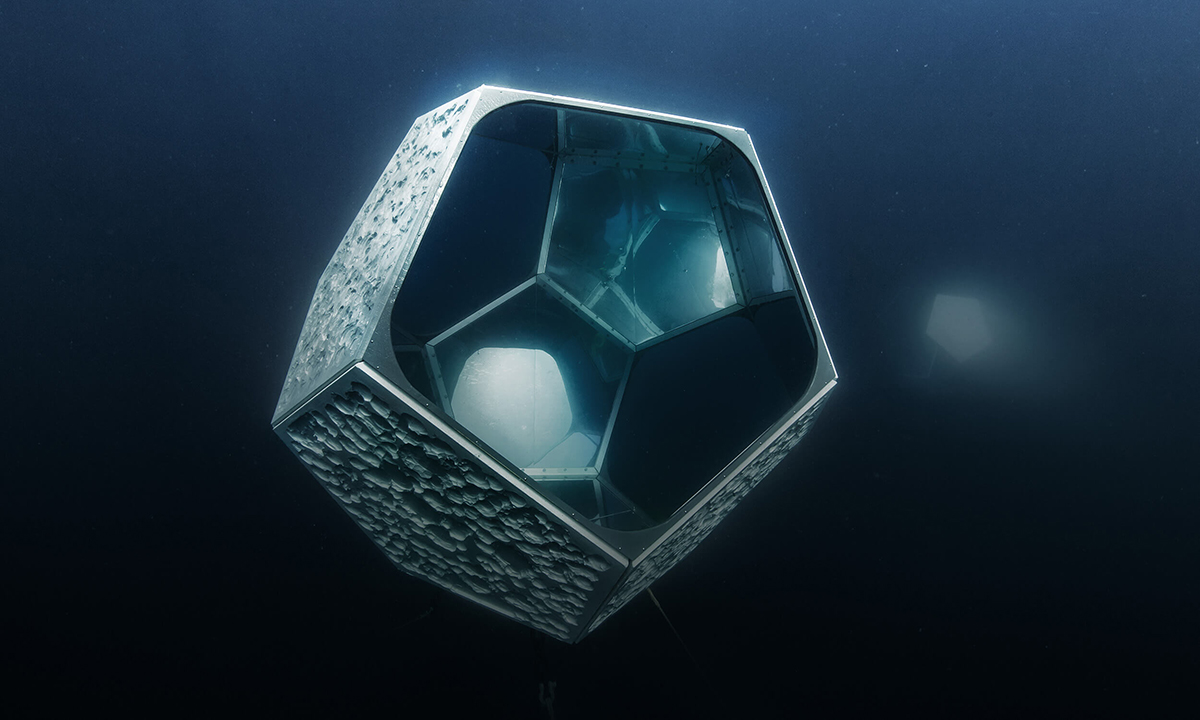
Sculplture from Underwater Pavilions, an installation by artist Doug Aitken, produced by Parley for the Oceans and presented in partnership with The Museum of Contemporary Art, Los Angeles (MOCA)
A good artist can have the impact on people that schools, conferences, and news articles can’t have. They have a superpower – they get close to people’s hearts. They open people up to new values.
At Parley, artists have a convening role. When Julian Schnabel collaborated with Parley for the Oceans in 2019, a diverse audience of politicians, wealthy individuals, collectors, other artists, people from the entertainment industry and entrepreneurs showed up in New York to discuss a topic which was new and challenging for most of the people in the room. The art community is the home for the Parley movement.
LUX: Repositioning artists in the centre of the climate change cause is quite radical. What would you say to people who would argue that, to make real change, you have to look to science, facts and hard policy?
CG: Artists have the perfect vantage point: they cannot be bound by conventional limitations, and therefore they can redefine reality. Unlike other groups, they can do this in a way which does not put themselves in danger. It is so easy for an artist to call for a revolution. First, you create a space for the protection of revolutionary ideas. Science and policy come second. If you don’t begin by gaining support of the right people, then you cannot succeed – even with the right tools in hand.
At Parley, we cannot tell governments to implement new, sustainable economic models. Rather, we collaborate with them. Once we see true intention from them to do better, we can work with them on policy and incentive programmes for industries. Ultimately, however, it comes down to the people who own businesses. If company shareholders make the choice to ditch the use of fossil fuels, plastics, and exploitative and harmful business matter, then it will happen.
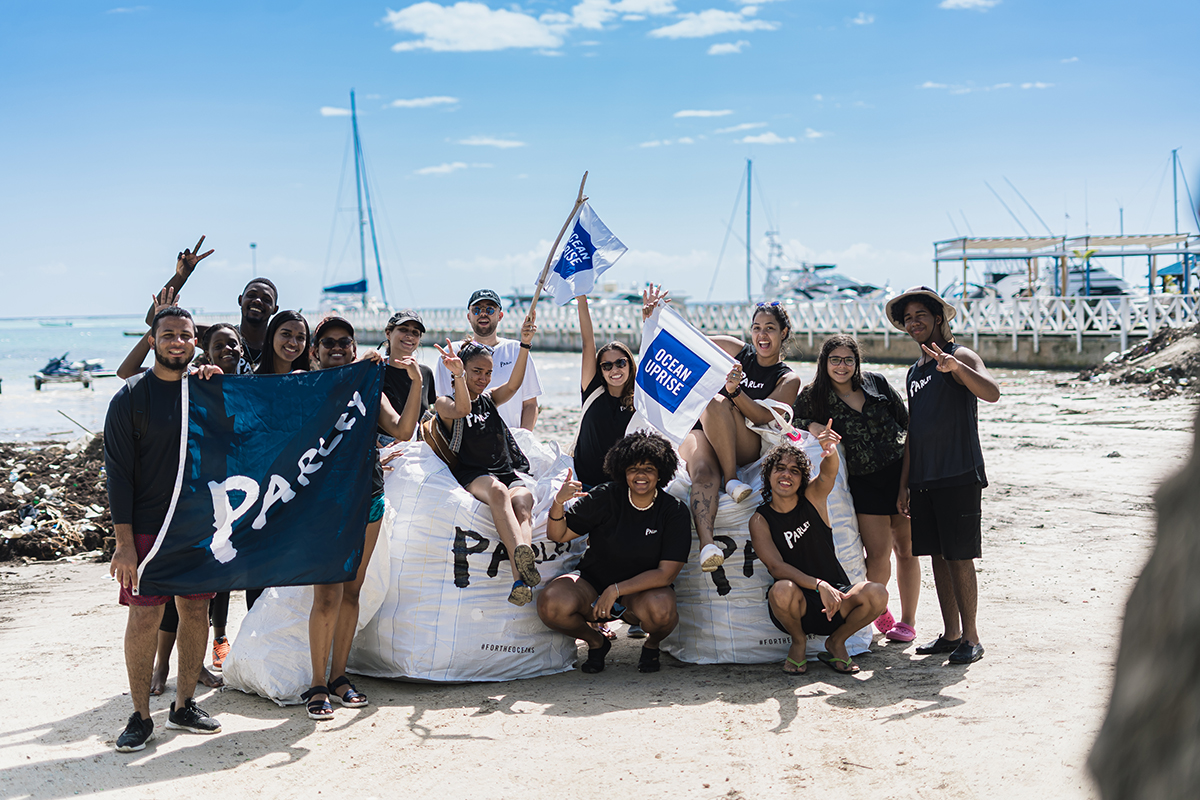
The Ocean Uprise Internship Program gives young people from around the world opportunity to learn from ocean experts, take part in skill-based workshops, and implement a local community project
Our audience is a mix of people. First, there are wealthy people who often do not know how unsustainable the companies they invest in are, or how they could invest better. Second, there are the corporations themselves, who are under pressure to deliver the numbers. They cannot take risks. Now they are finally being challenged by legislators to change their business model, but this is still not quick enough, and there is still not enough pressure from the government. The government could change climate change overnight. It is a complex riddle.
The way that we believe that you can create radical change is through a combination of new ideas, access to knowledge, and eco-innovation. This technological innovation is made up of two things – the first being natural, or bio-fabricated materials, the second being green chemistry. We can easily revolutionise our industries with a bit of willingness, understanding, strategy and investment into new technology. All of that is driven by imagination. The moment that we want to do something – and radically believe in it – then we have the skill to make it happen. That is the beauty and the danger of our species.
LUX: How do you approach forming relationships with bigger, for-profit organisations while standing by your values as an NGO committed to protecting the planet?
CG: The environmental issues we are facing today are caused by corporations. That is it. You can protest and not buy their products, but this is difficult. We depend on the products that they make – but we know that they are destroying our planet. But at Parley, we have a more innovative approach: if we come to one company, then we can make a much larger change.
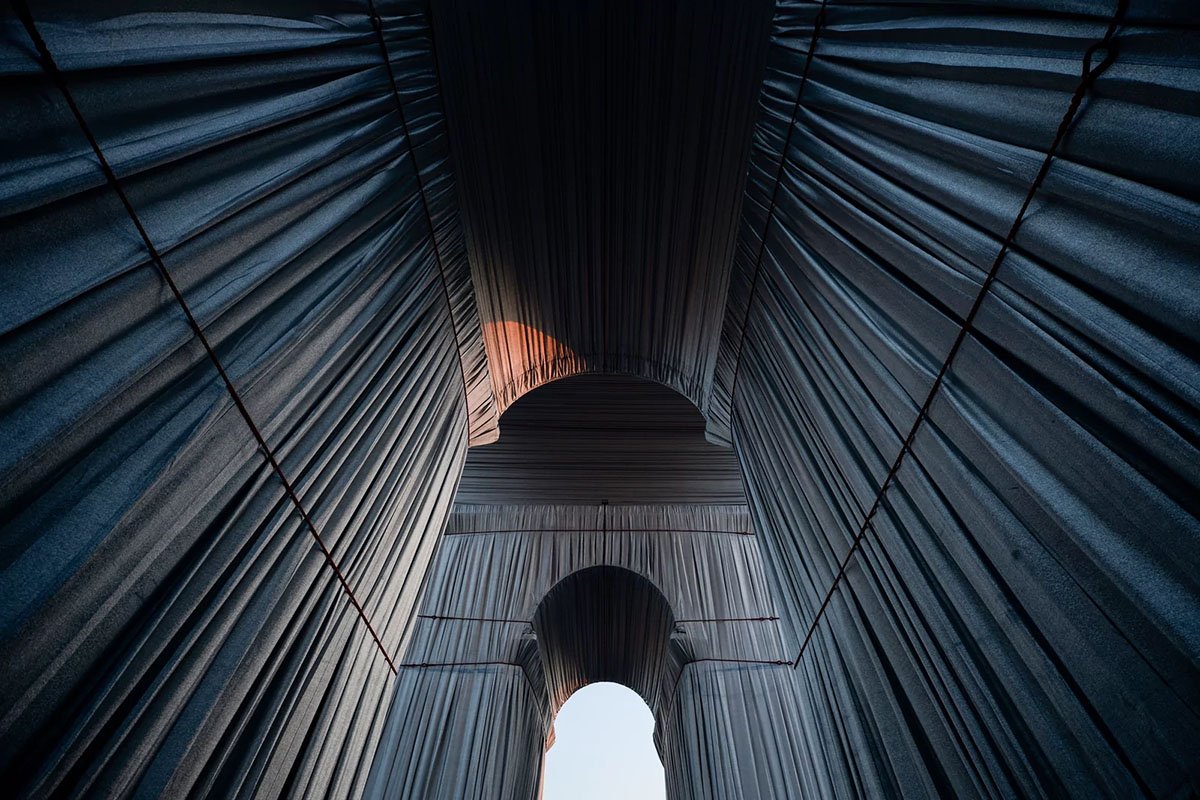
Parley for the Oceans is working with Christo and Jeanne-Claude to rework the fabric from their public artwork L’Arc de Triomphe
LUX: You have partnered with many iconic brands. Which collaboration are you most proud of?
CG: I want to speak about Dior. As part of the LVMH group, they are a representation of an old economy. Sustainable change is a big challenge for them. It is difficult for such established companies to innovate, to find alternatives to leather and fur, to plastic, to dyes and prints.
But Dior allowed us to help them. Making the yarn and fabric, and recycled materials, was a long but rewarding process. Eventually they saw that it was great. Now they’re saying “What can we do with leather? How can we replace plastic? How can we use 100% natural materials?” We must be willing to invest. It might take two years for material made from banana leaves in the Philippines to get to the level where it can become part of a collection.
We need commitment – like Dior had – from big brands.
LUX: Do you think that this time and economic investment is the future of the luxury industry?
CG: Yes. And Parley is giving the luxury industry the laboratory for that, changing material use and educating on innovative methods. And we must revamp the whole supply chain and lifecycle of a product. We must look at unsustainable agriculture. Fertilisers and pesticides destroy the nutrition value of the soil; pesticides run through waterways to the sea. There are huge dead zones in the ocean because fertilisers and pesticides have destroyed everything. Yet there are beautiful alternatives in farming. Every detail counts.
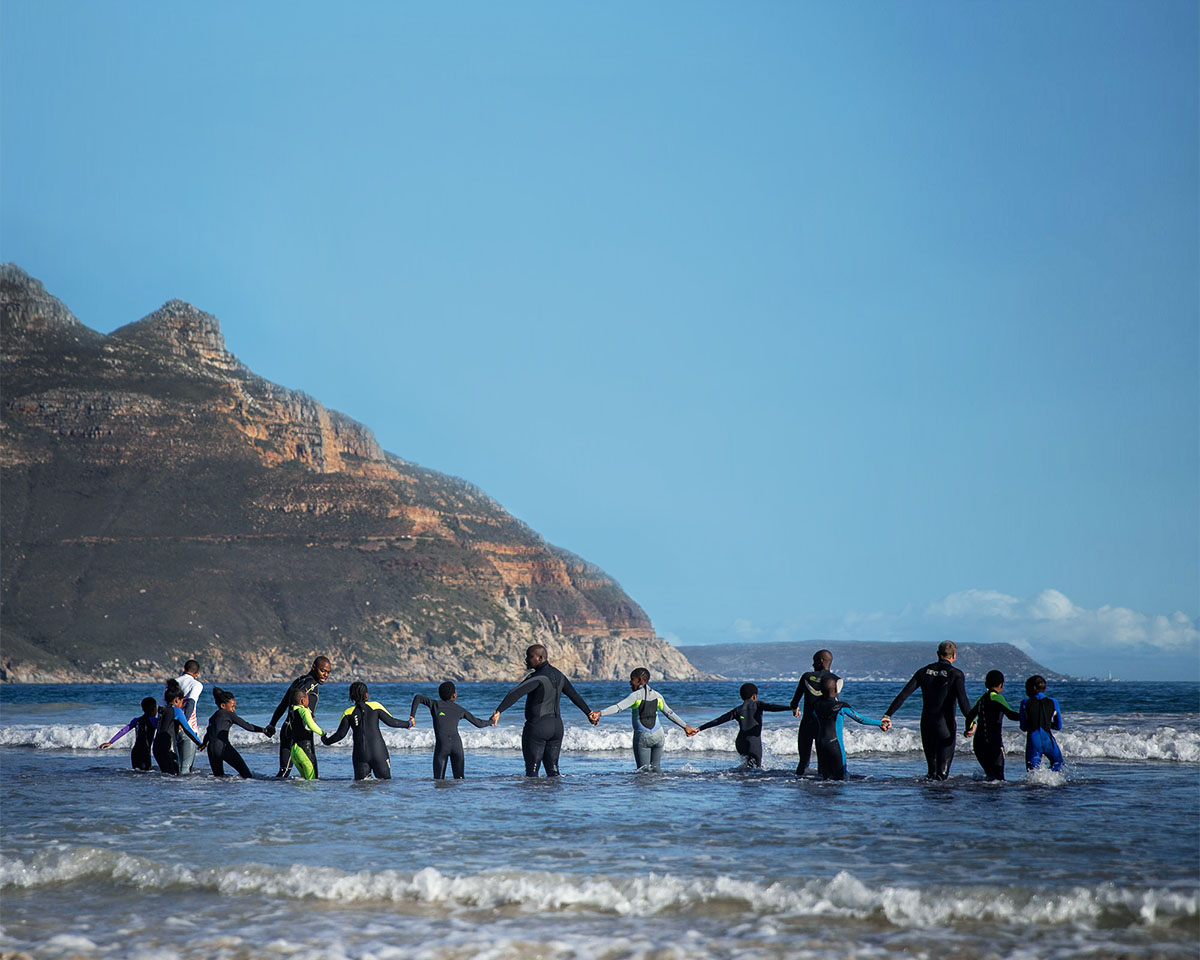
Parley Ocean School youth programs are made in collaboration with with local schools, NGOs and governments around the world
LUX: How do you imagine that our oceans will look in 10 years’ time?
CG: Ten years is long and short. On one hand, it is long: if we stalled human activity, I have no doubt that the oceans would be fully recovered in ten years. Extinct species would not return, but other species would evolve. Unfortunately, we are not doing that, and the speed of changing the market and the way we are working is much slower.
On the other hand, in transforming the economy, ten years is a blink of an eye. The only way to drive change in a ten year window is to aggressively address the issues we face. That means the intersection of carbon dioxide, methane gas, stopping plastic pollution, or at least cutting it down at scale. And then, 25 years down the road, we will have eradicated most of the toxic materials we are using.
Humans are very good under pressure. When humans understand that they are threatened, they will aggressively transform. And I believe that humans are ready for peace. There is a desire in us now to drive this revolution.
Find out more: parley.tv
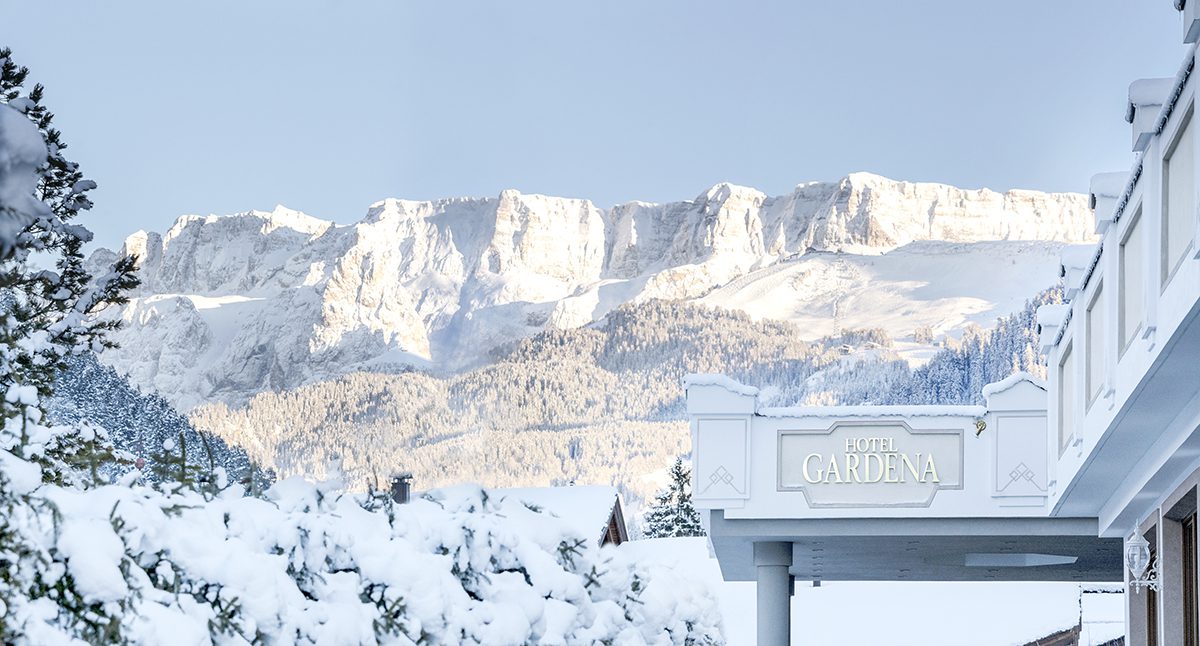
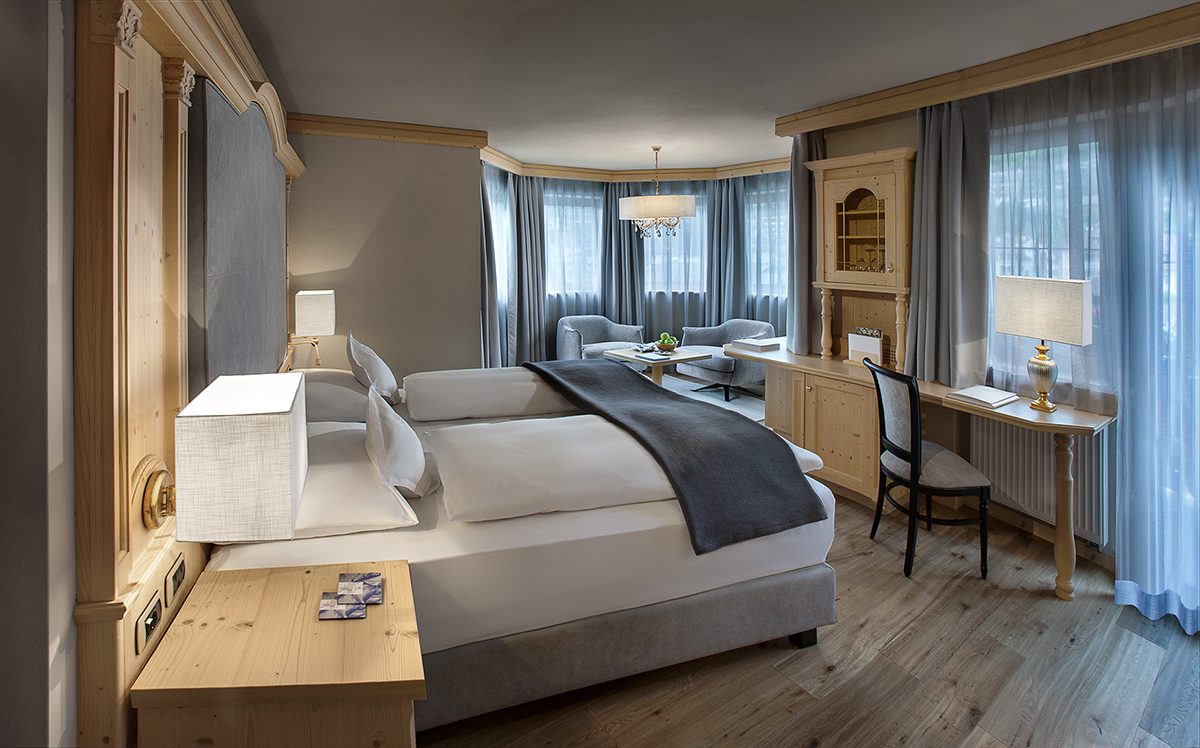
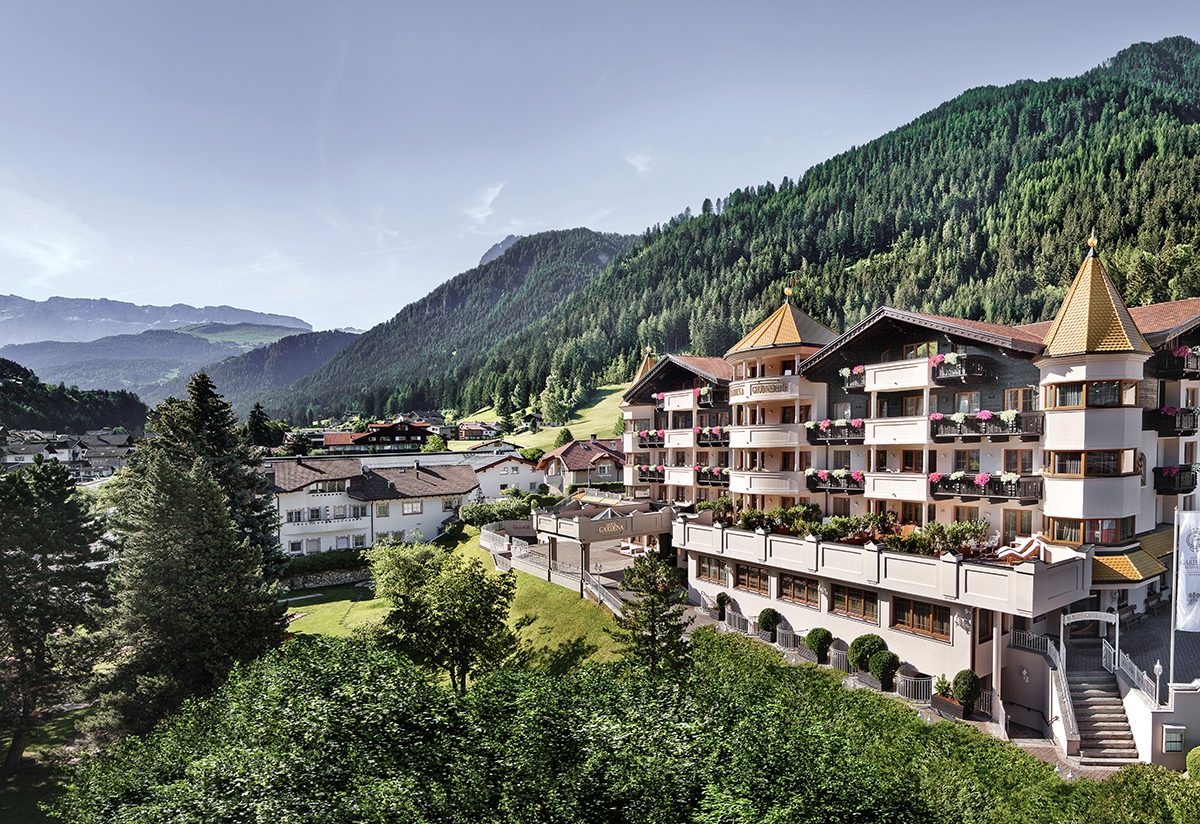
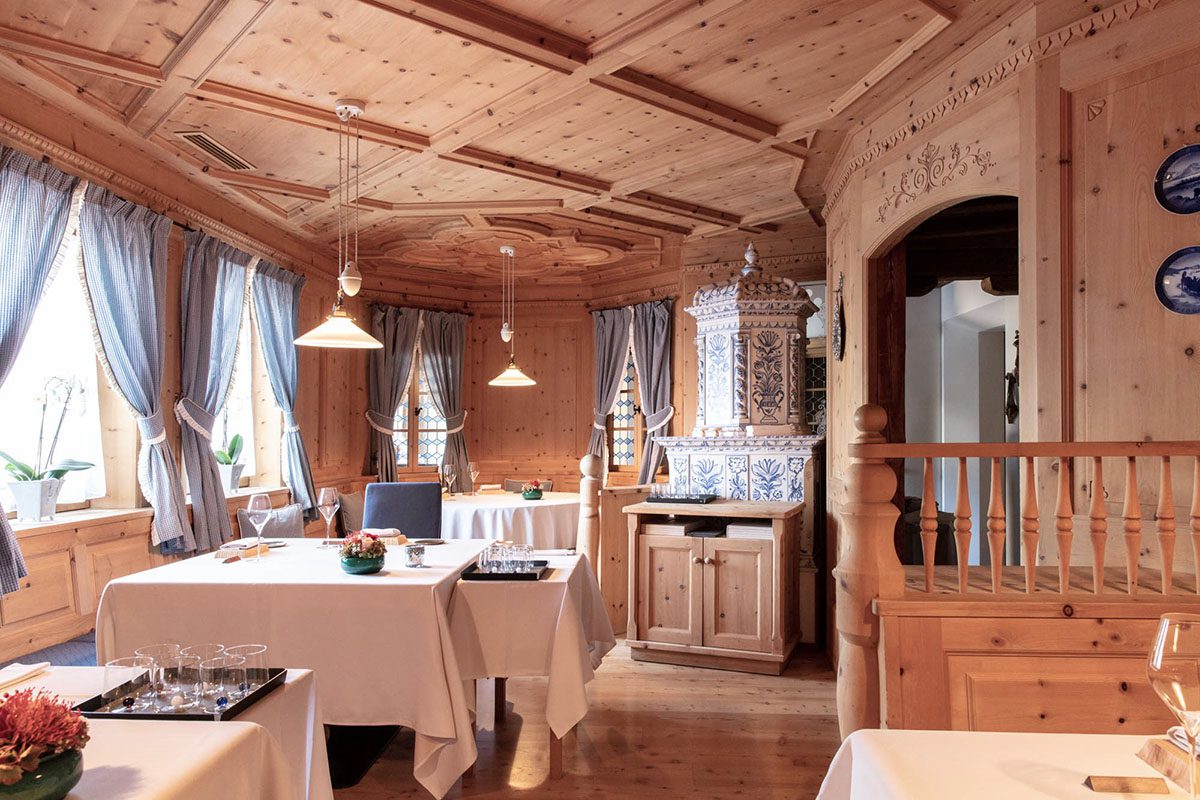





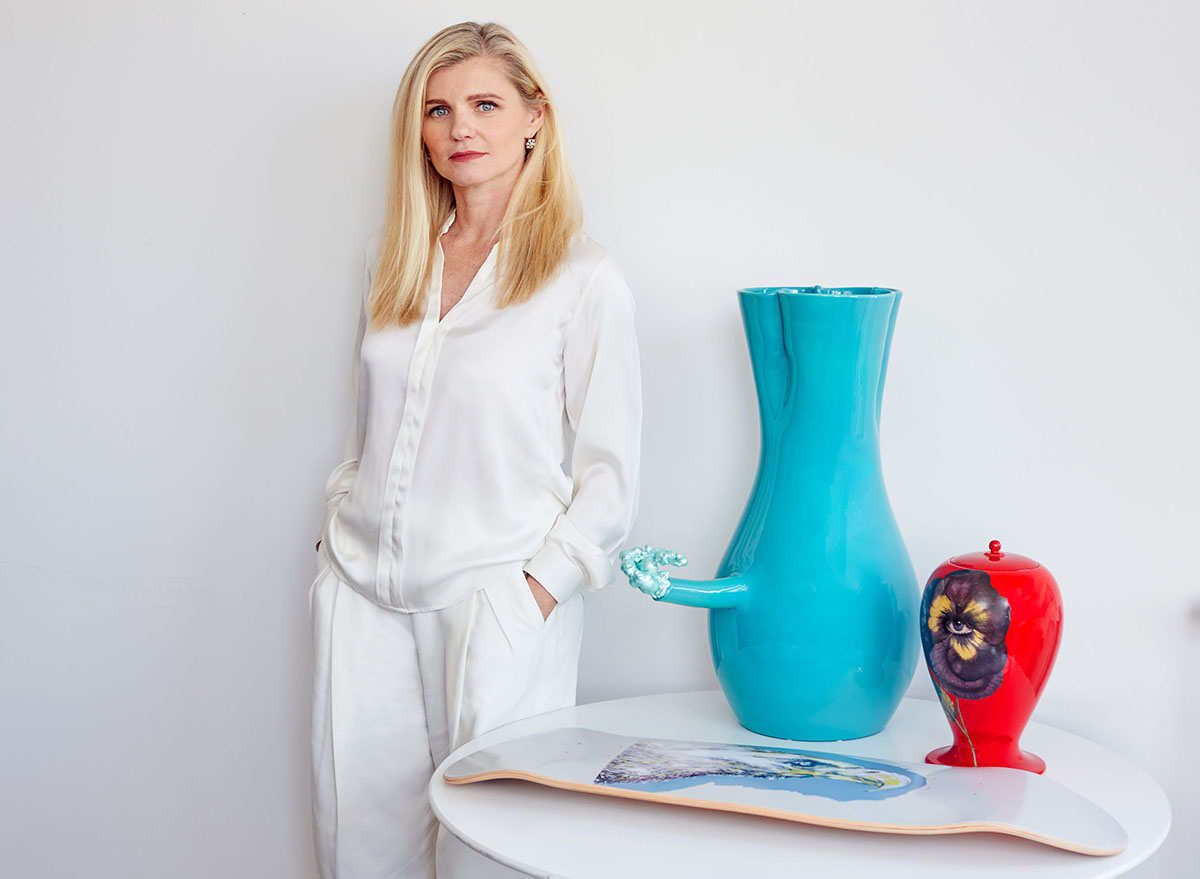
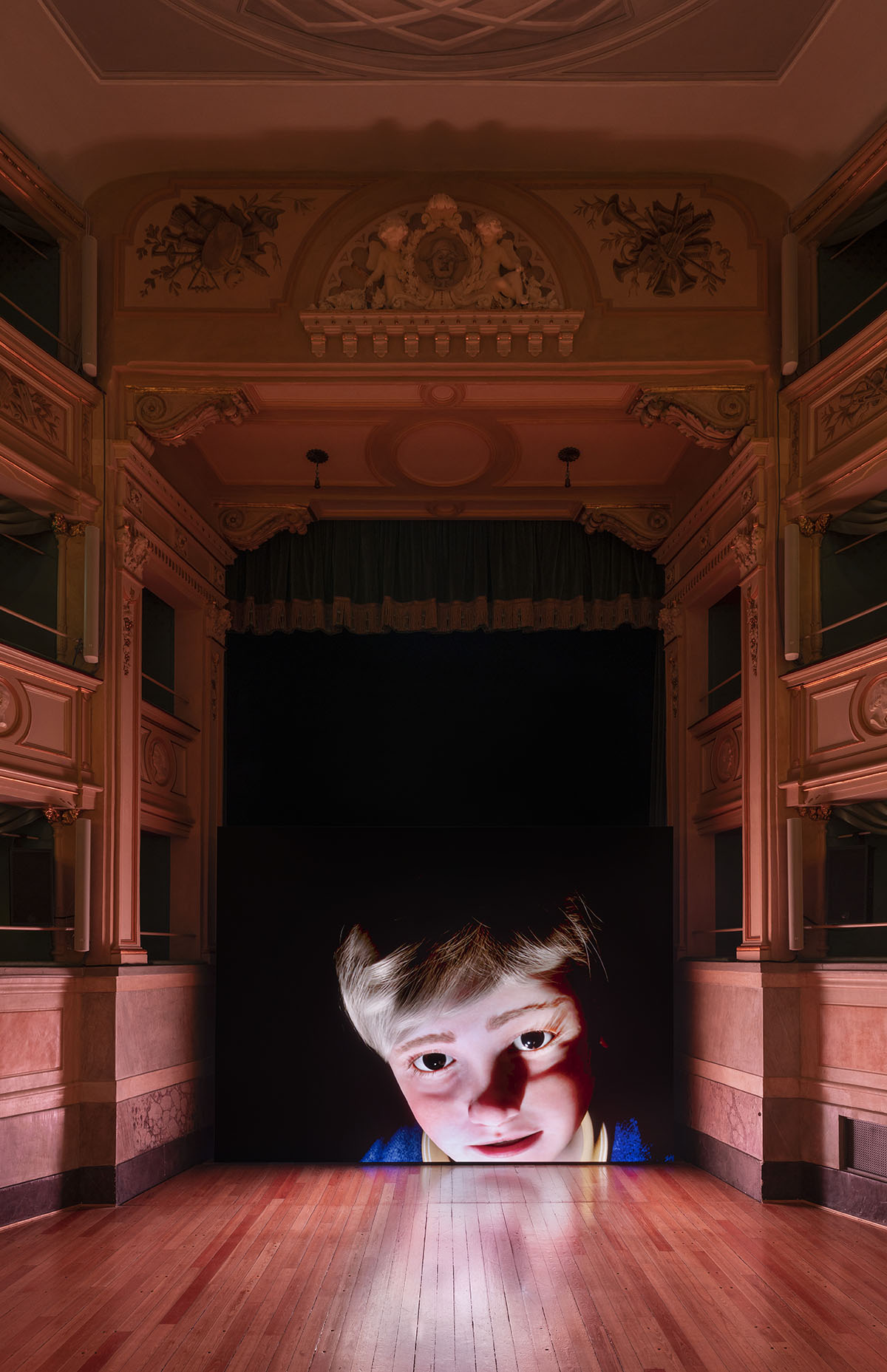
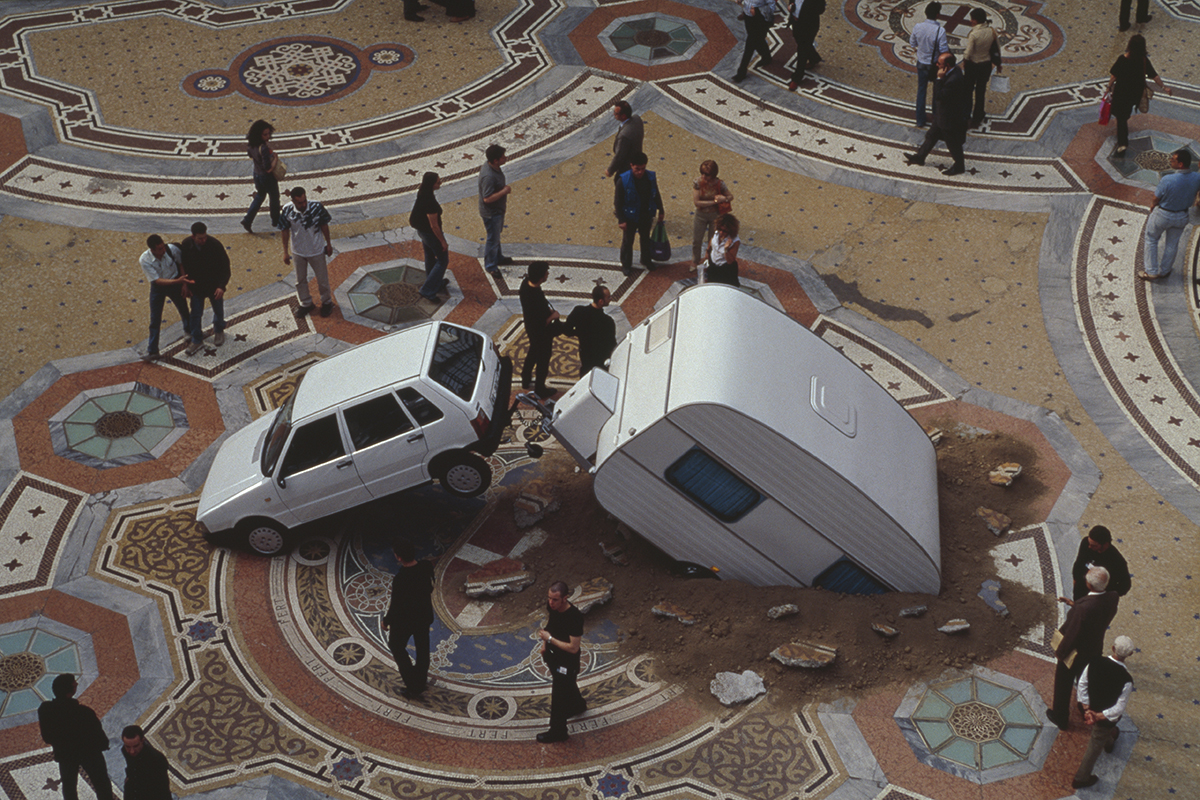
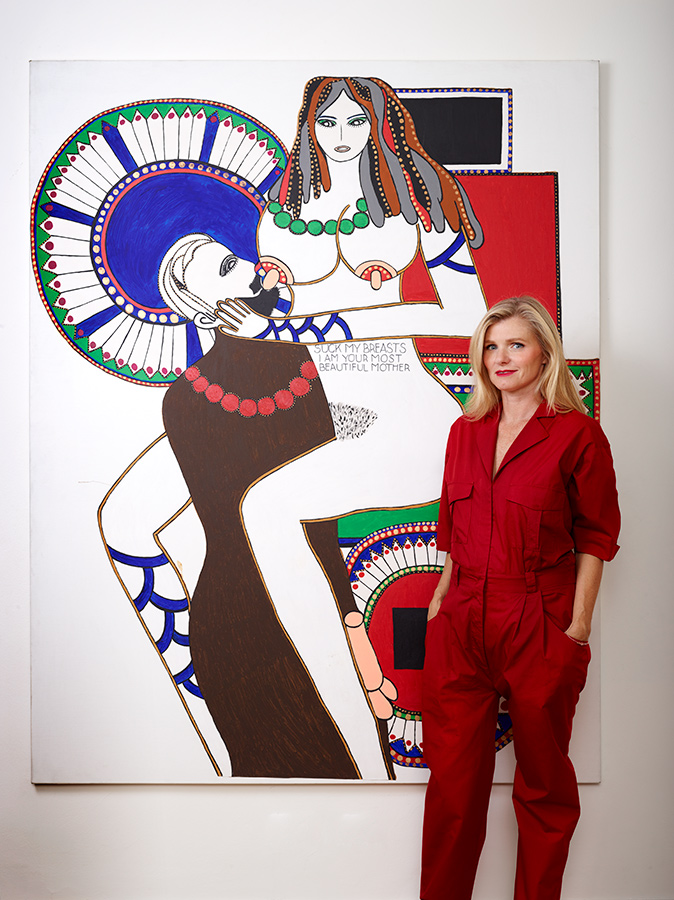
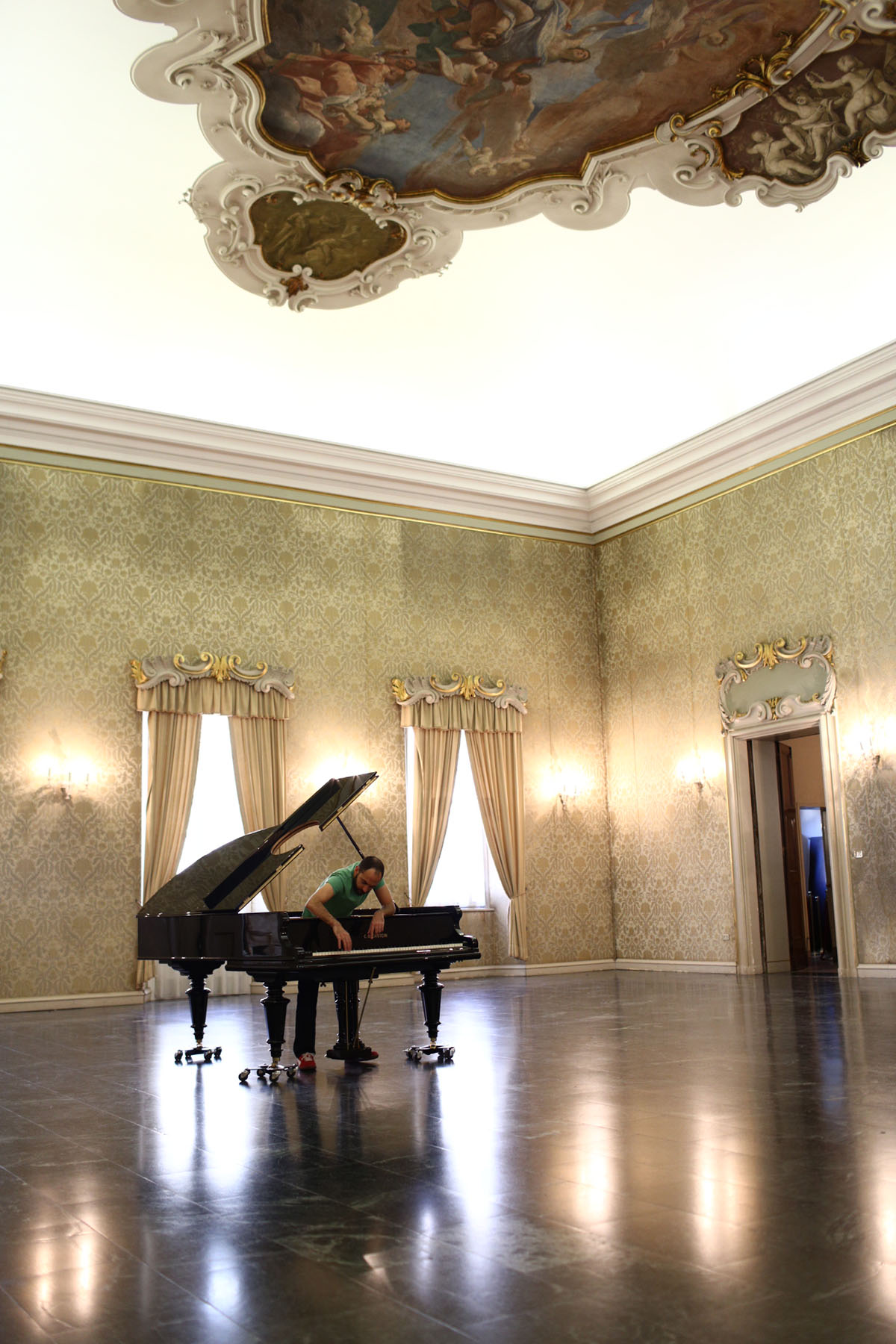

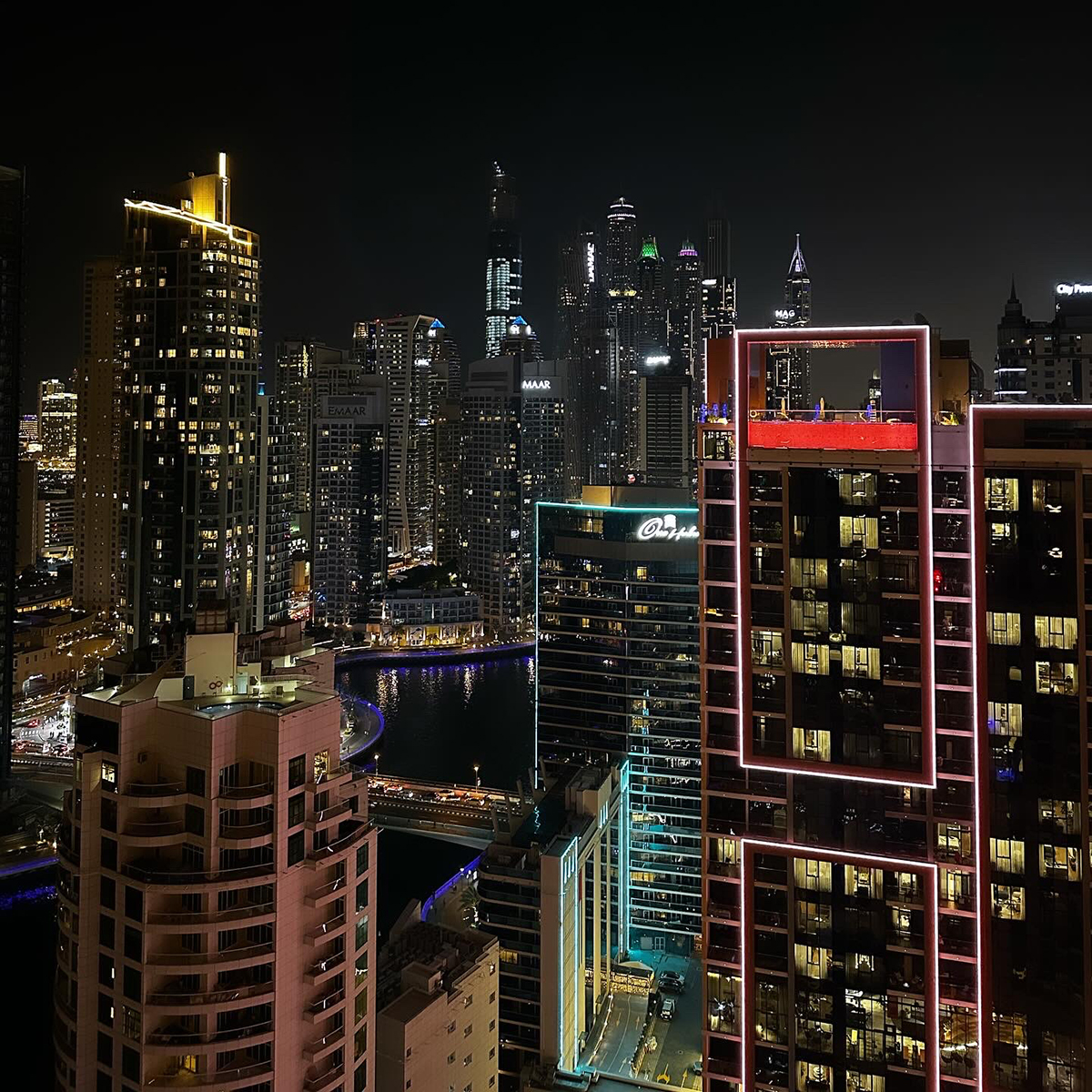
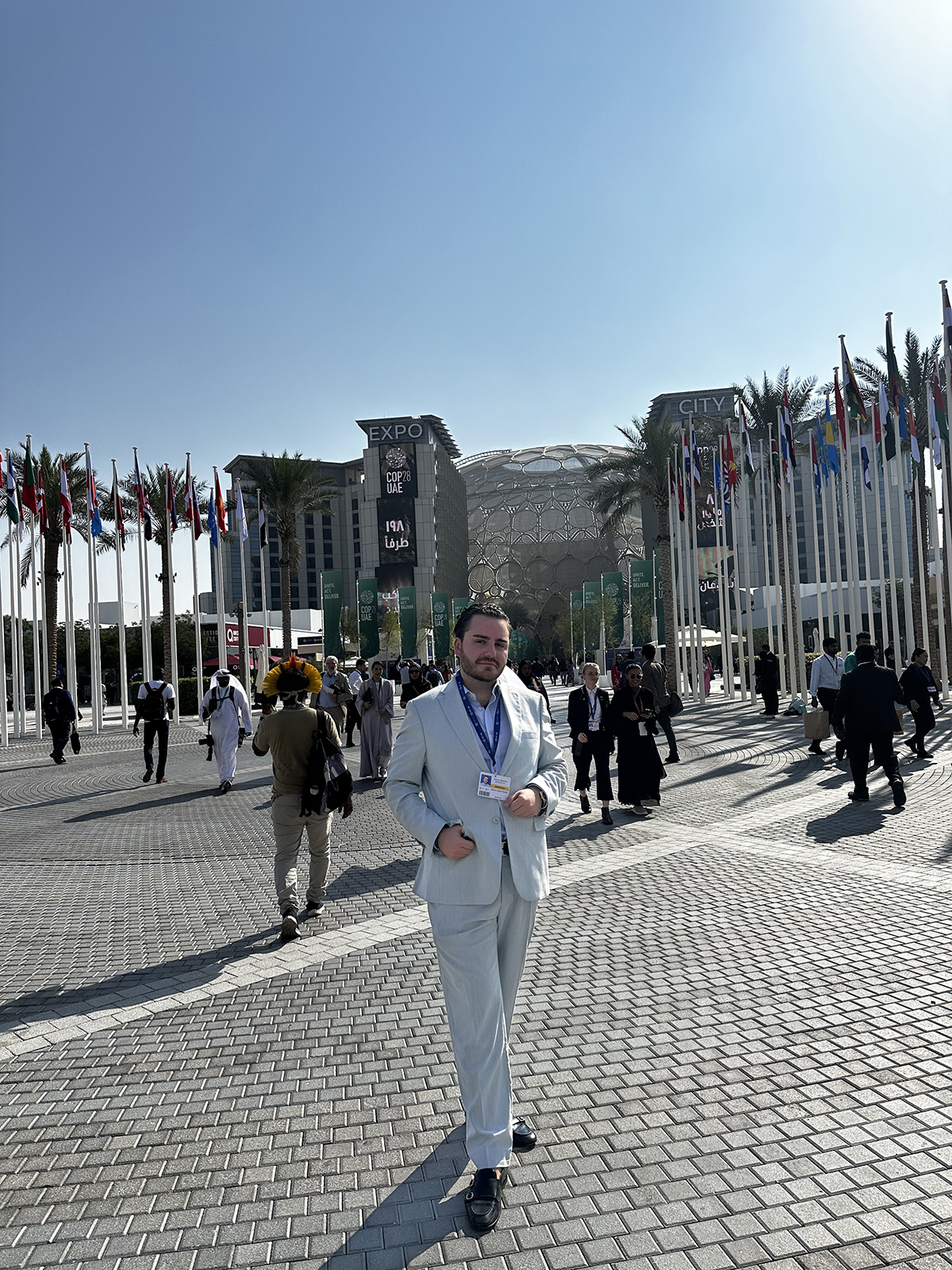
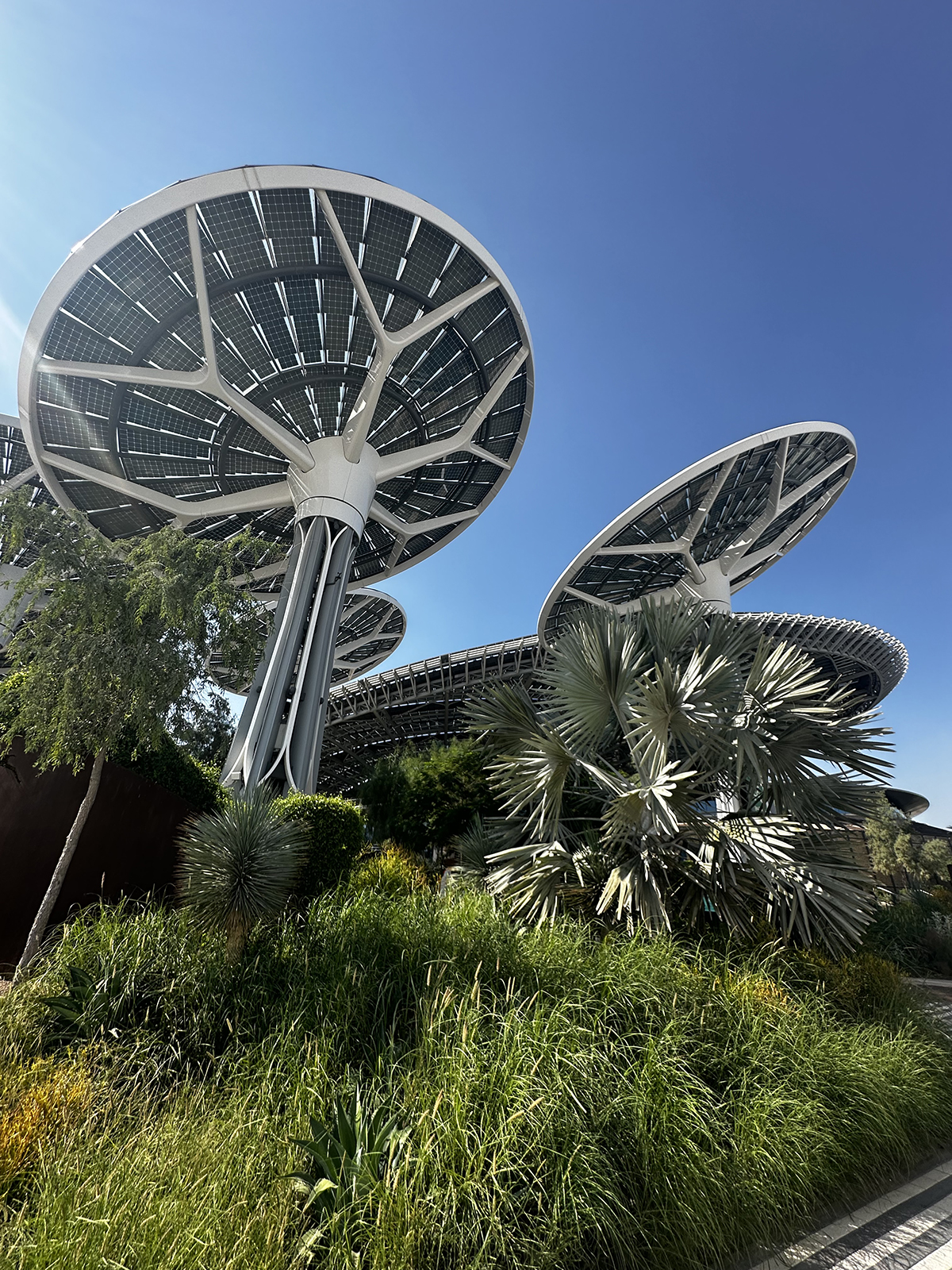
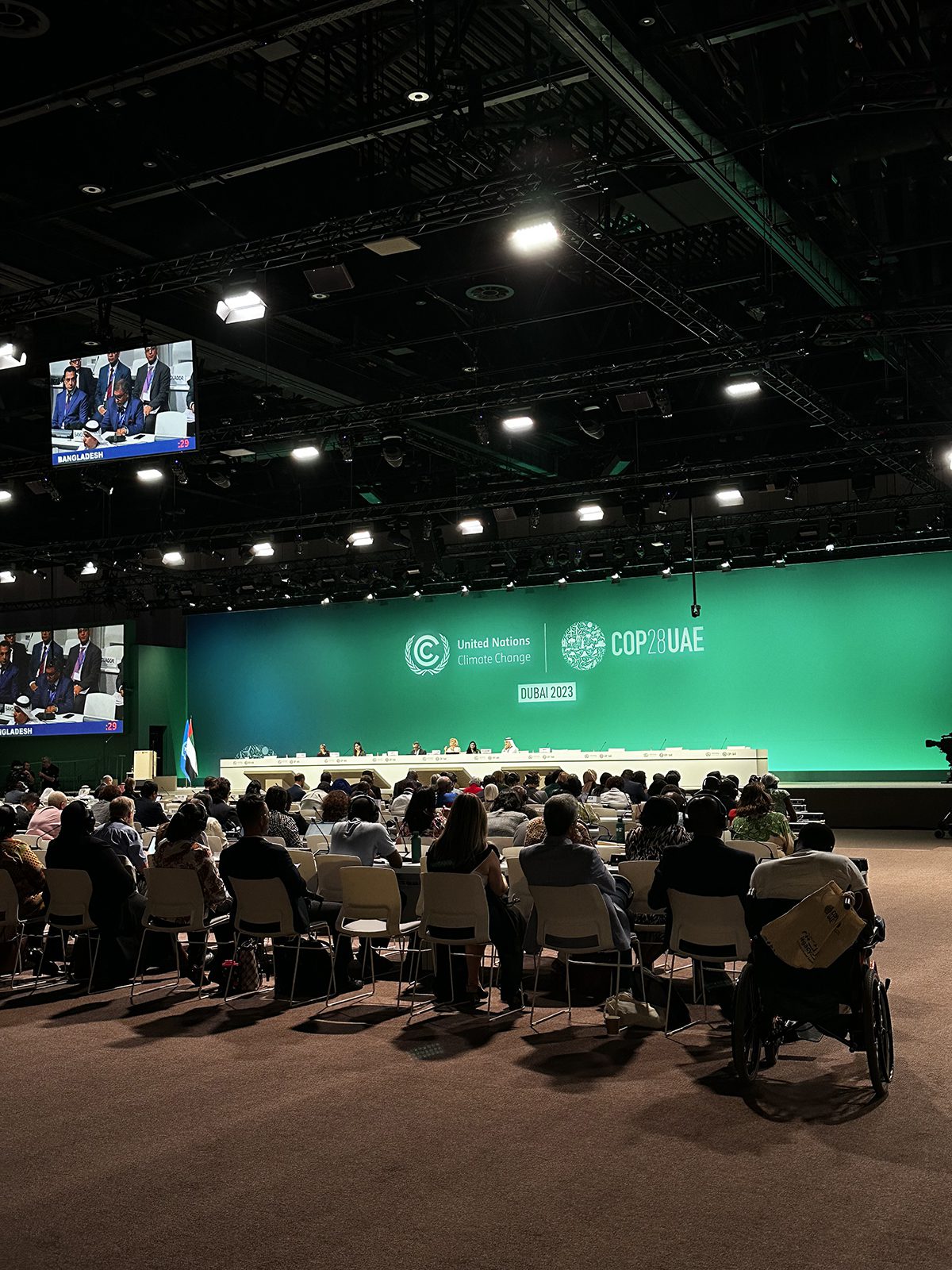
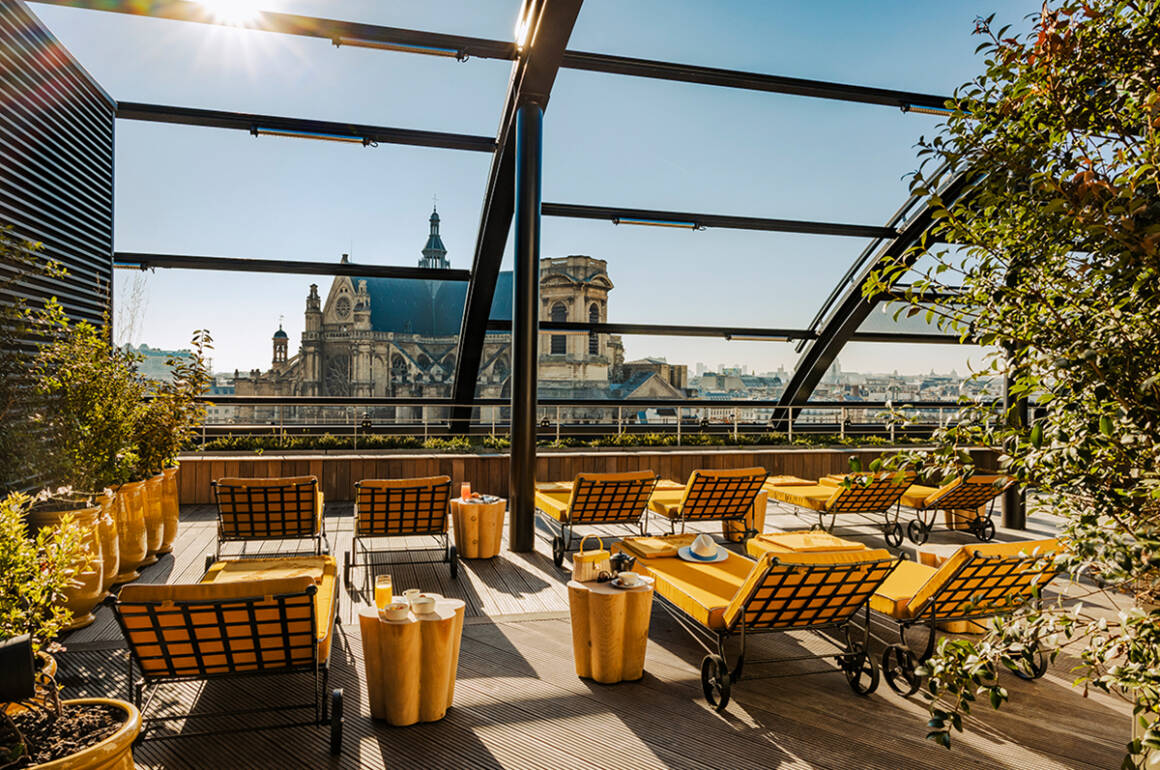
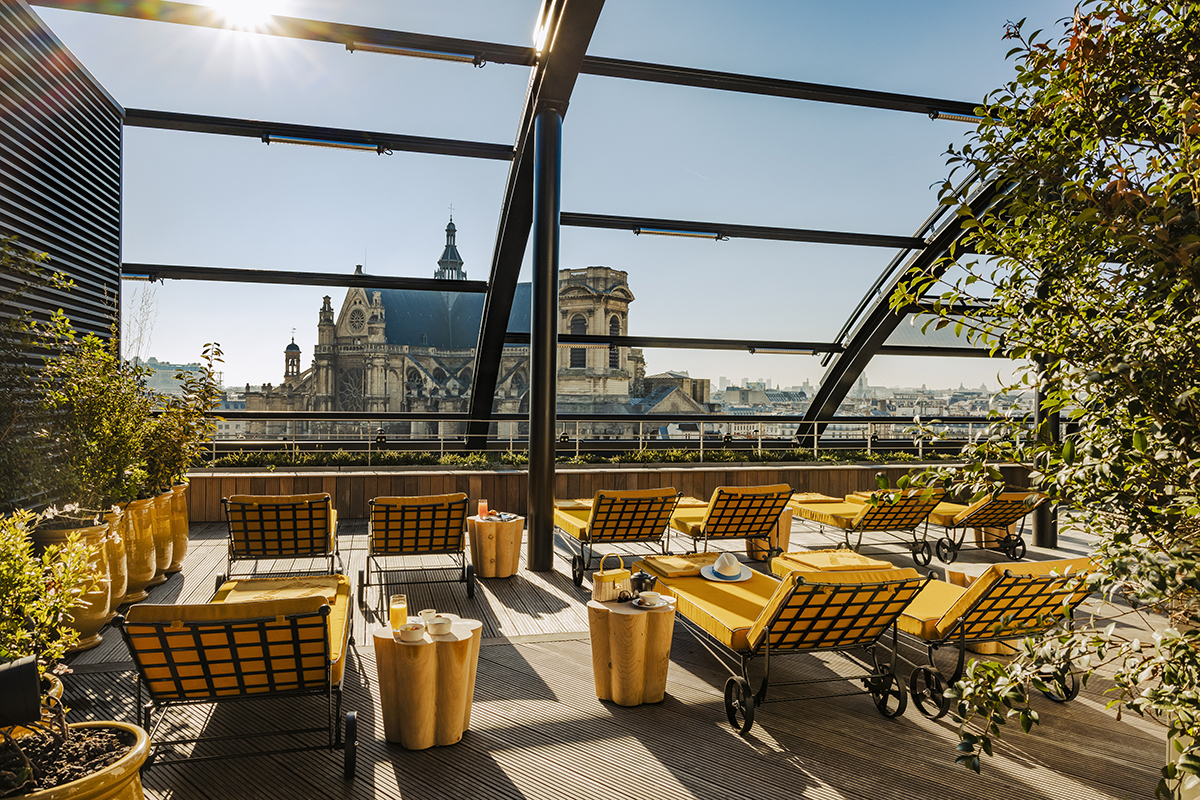
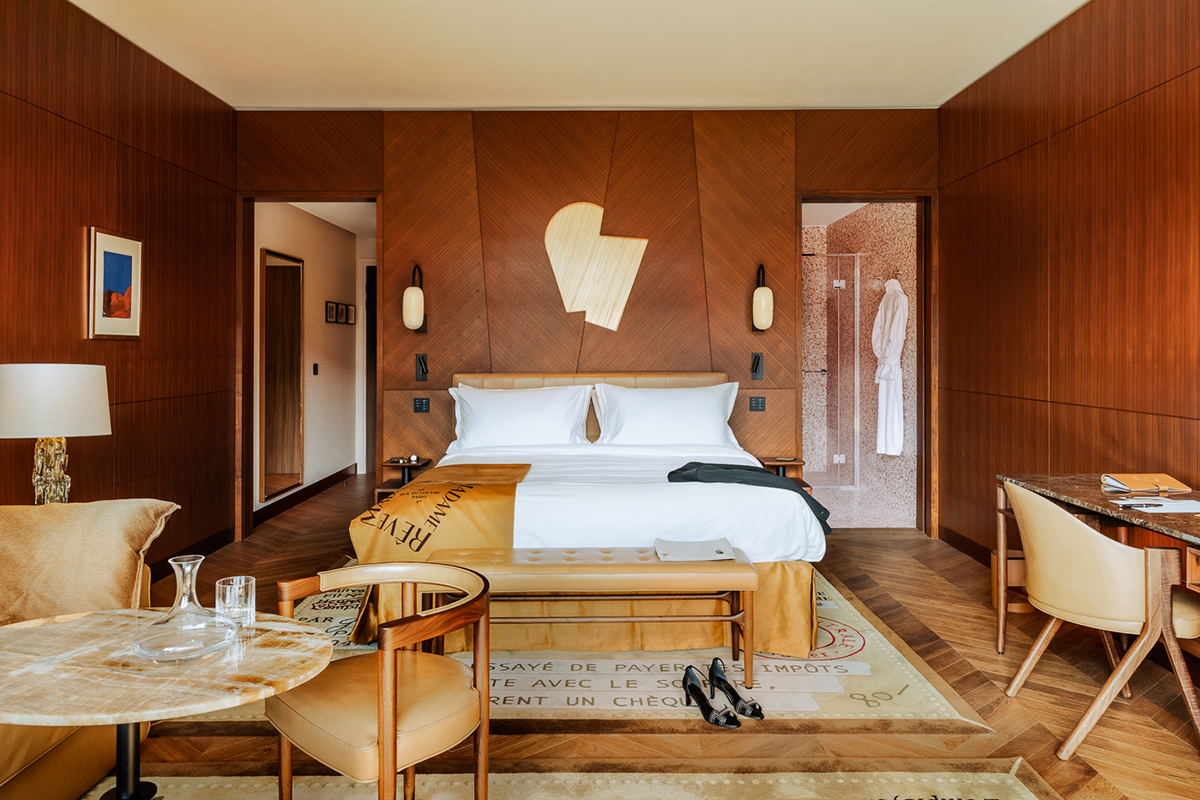
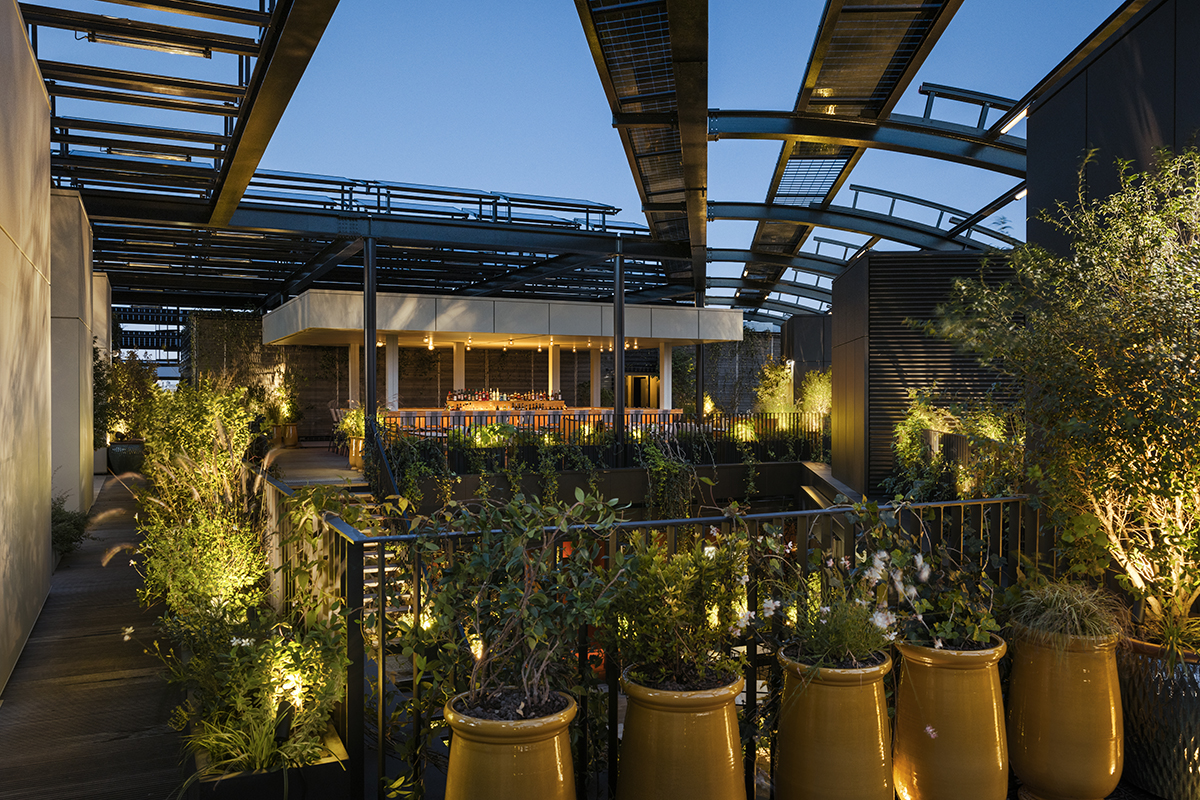
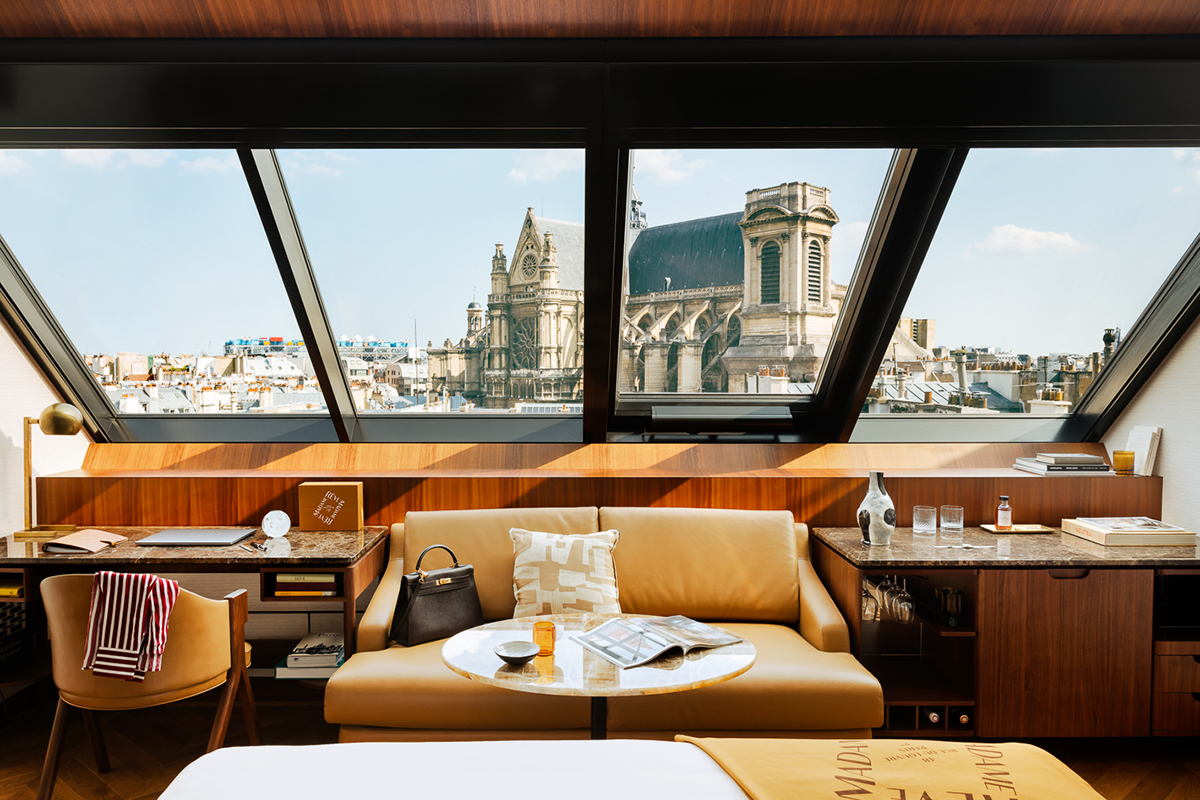
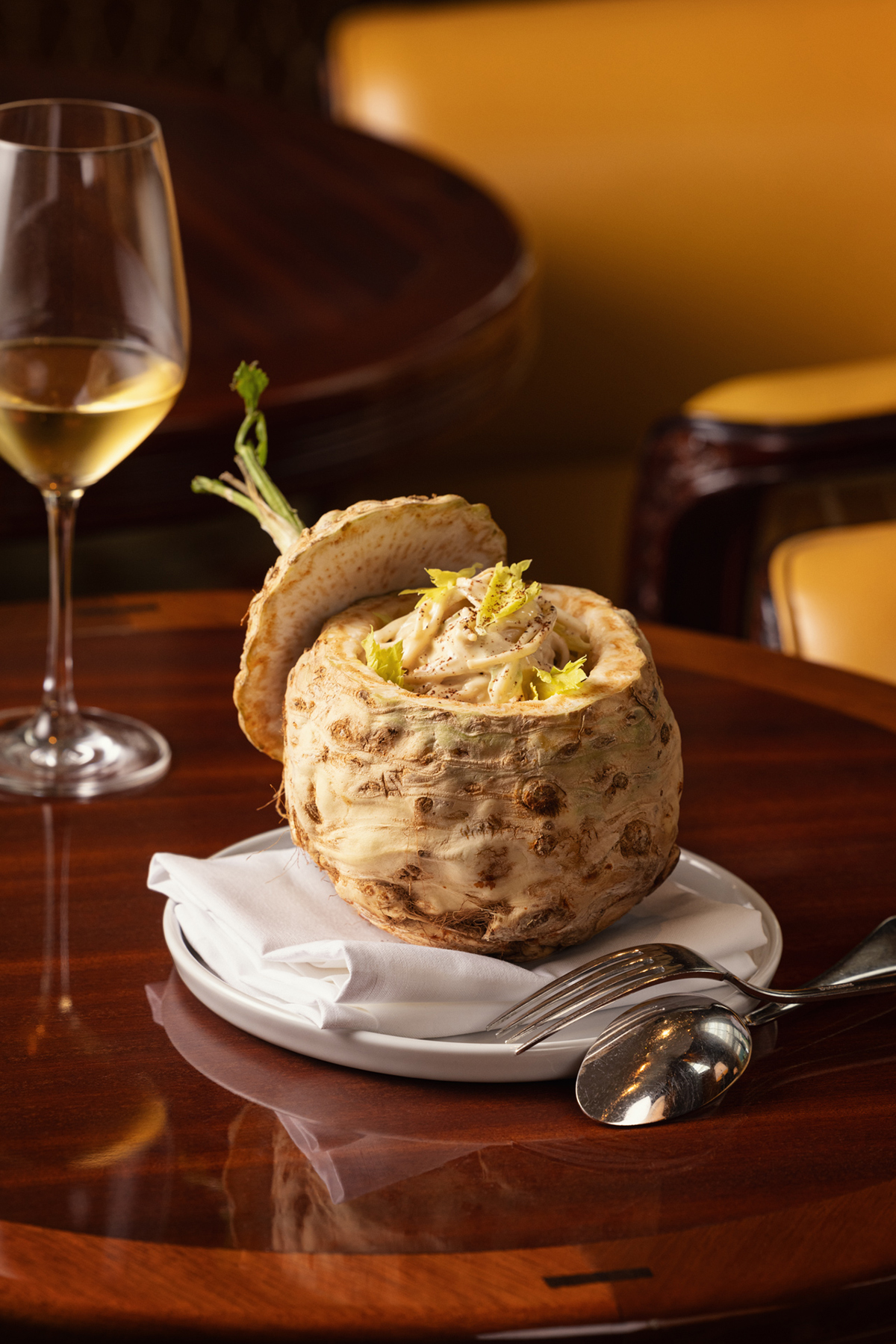
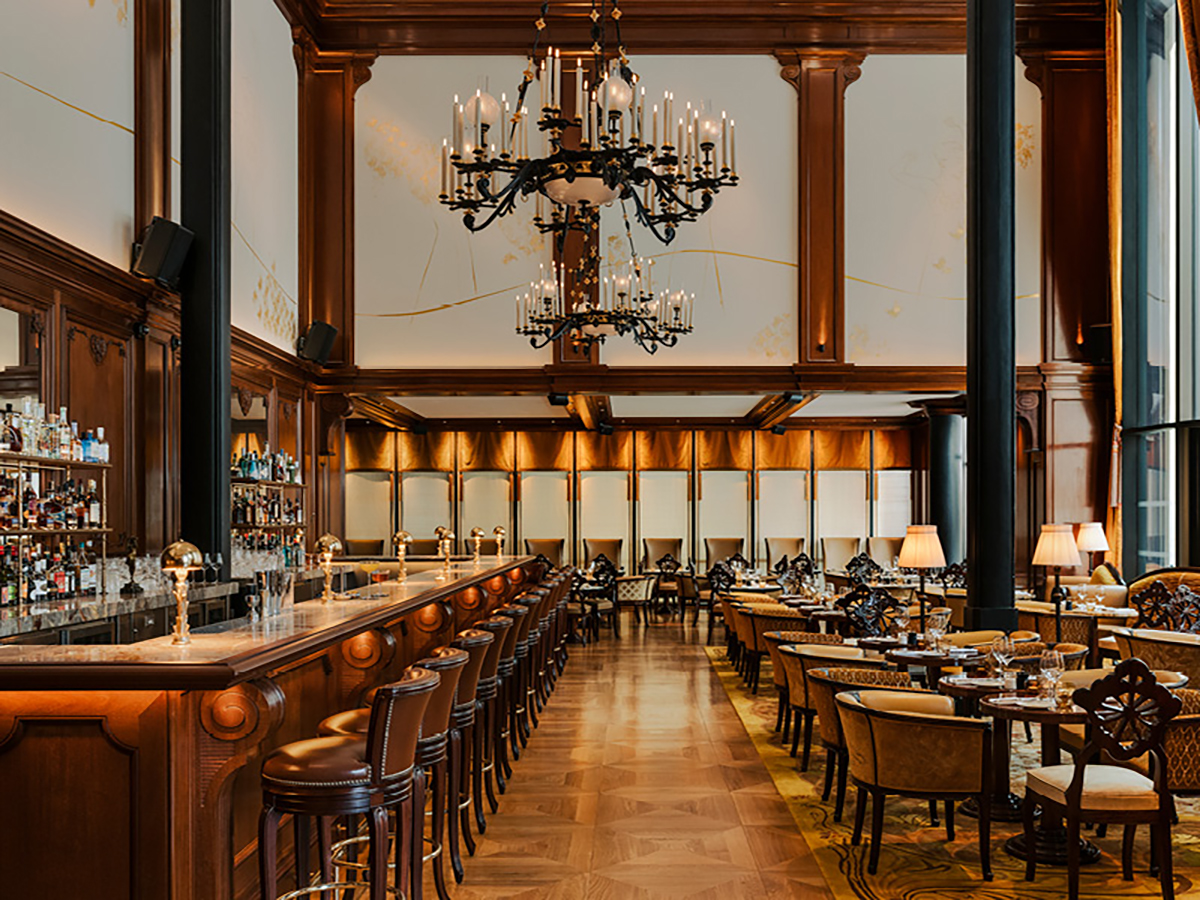
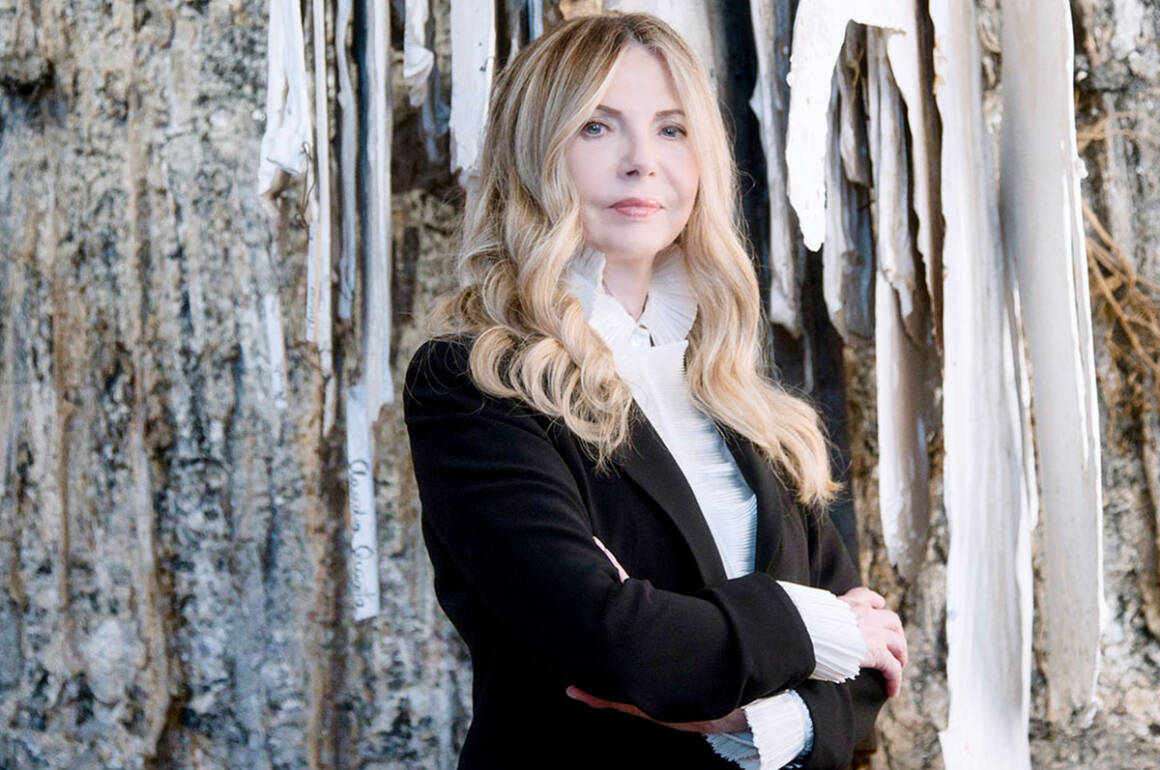
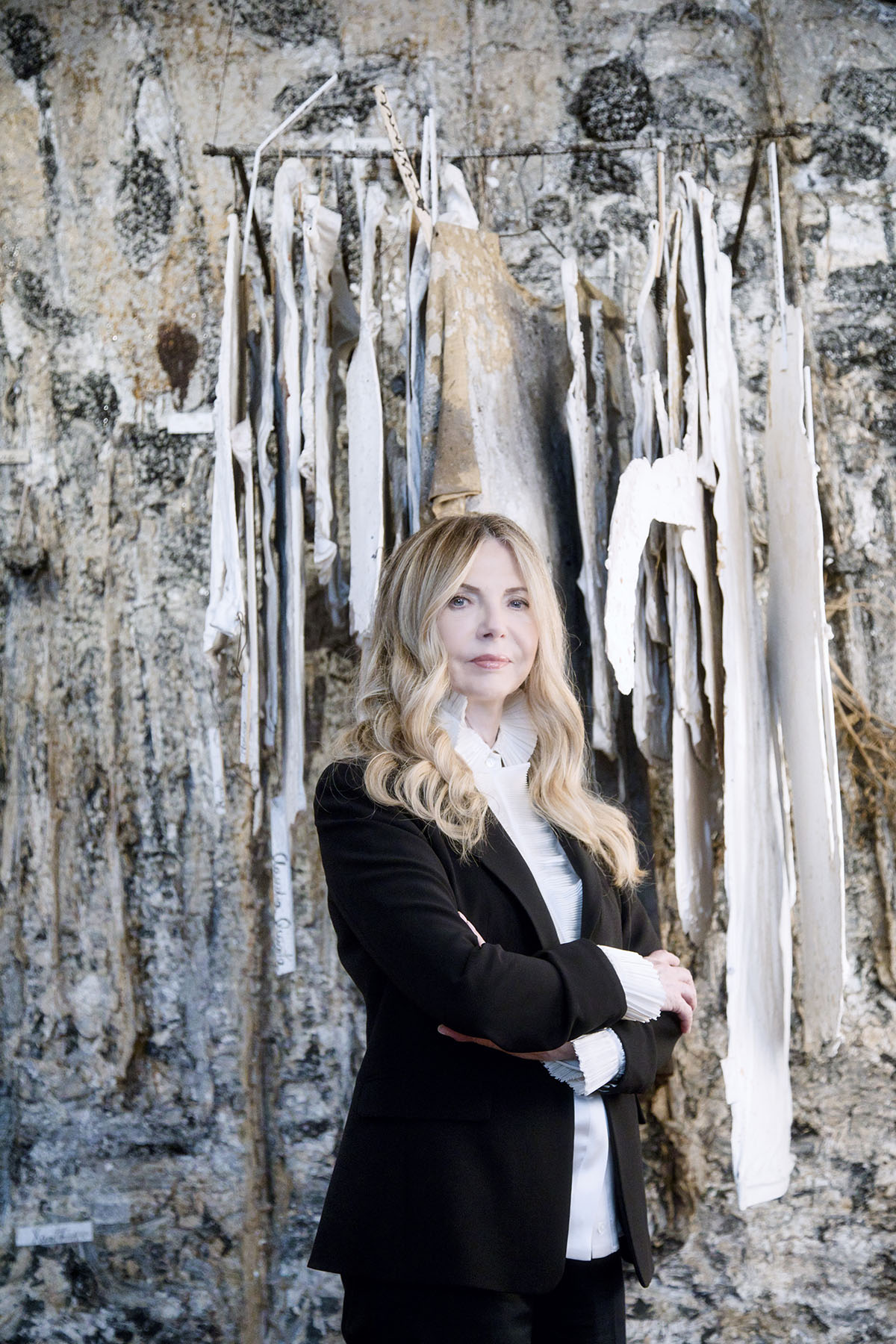
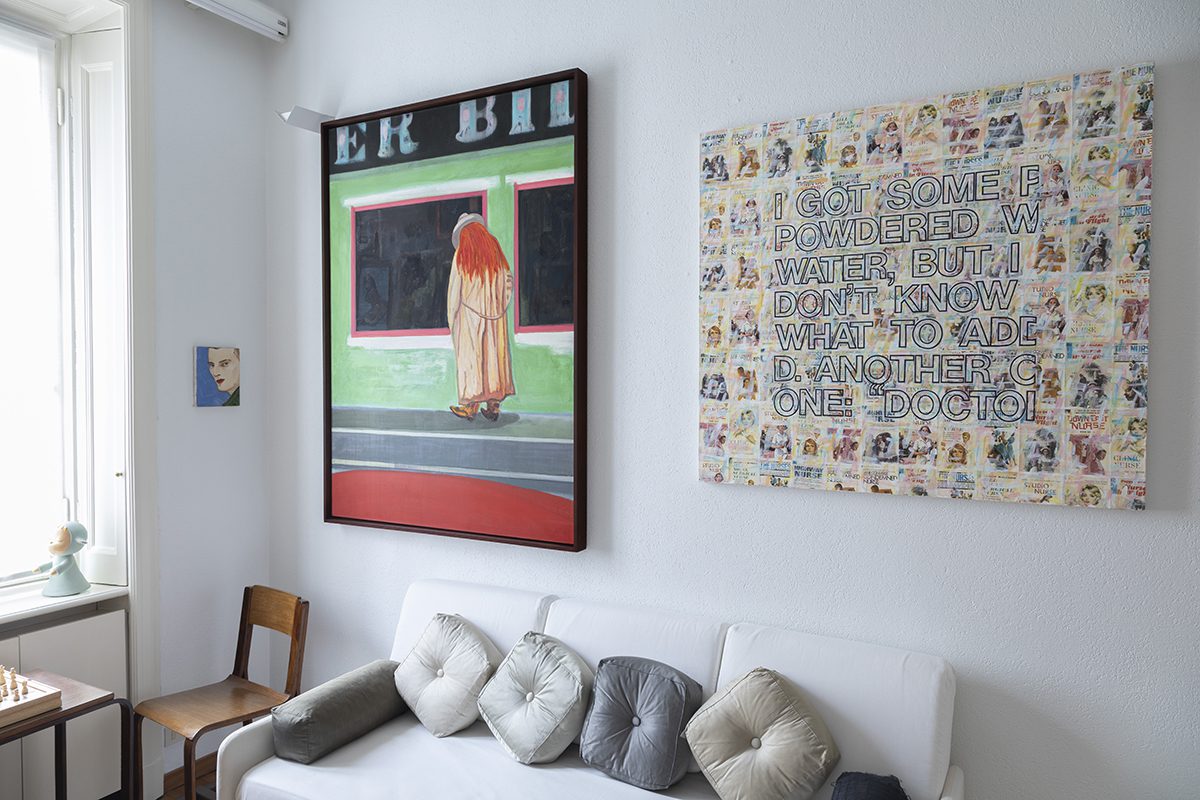




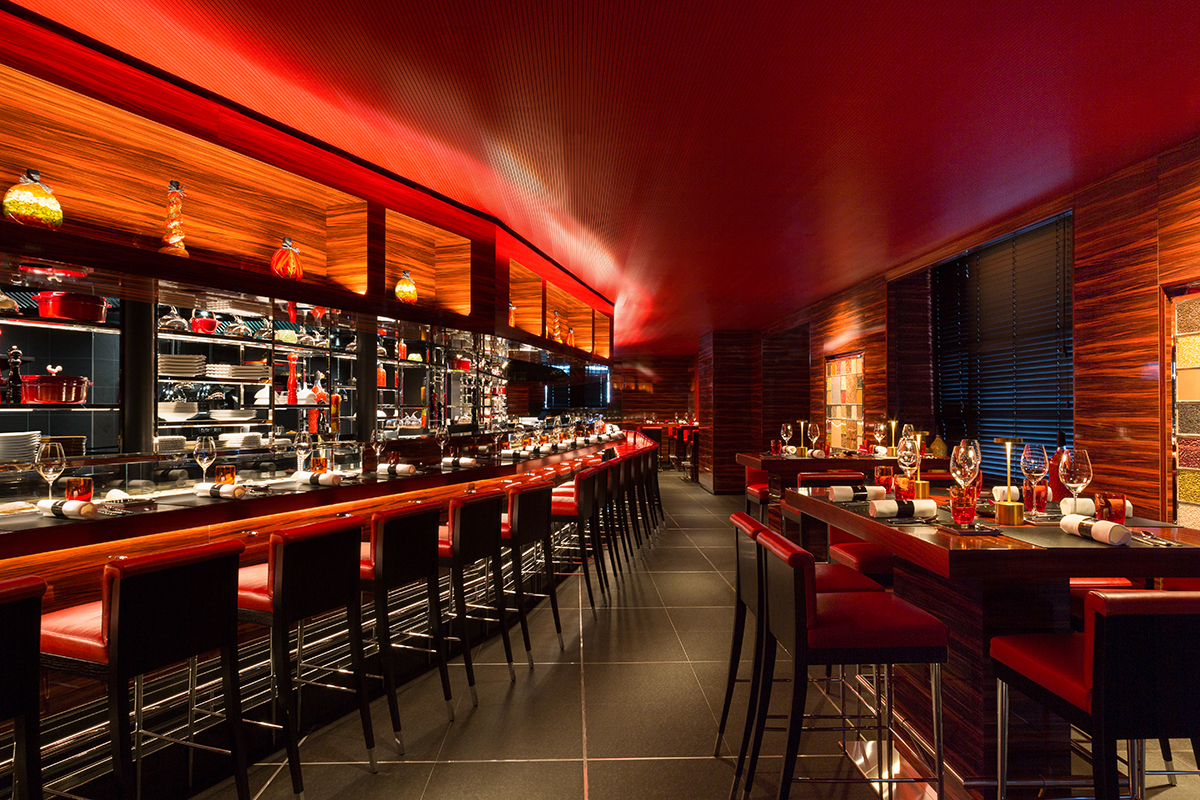

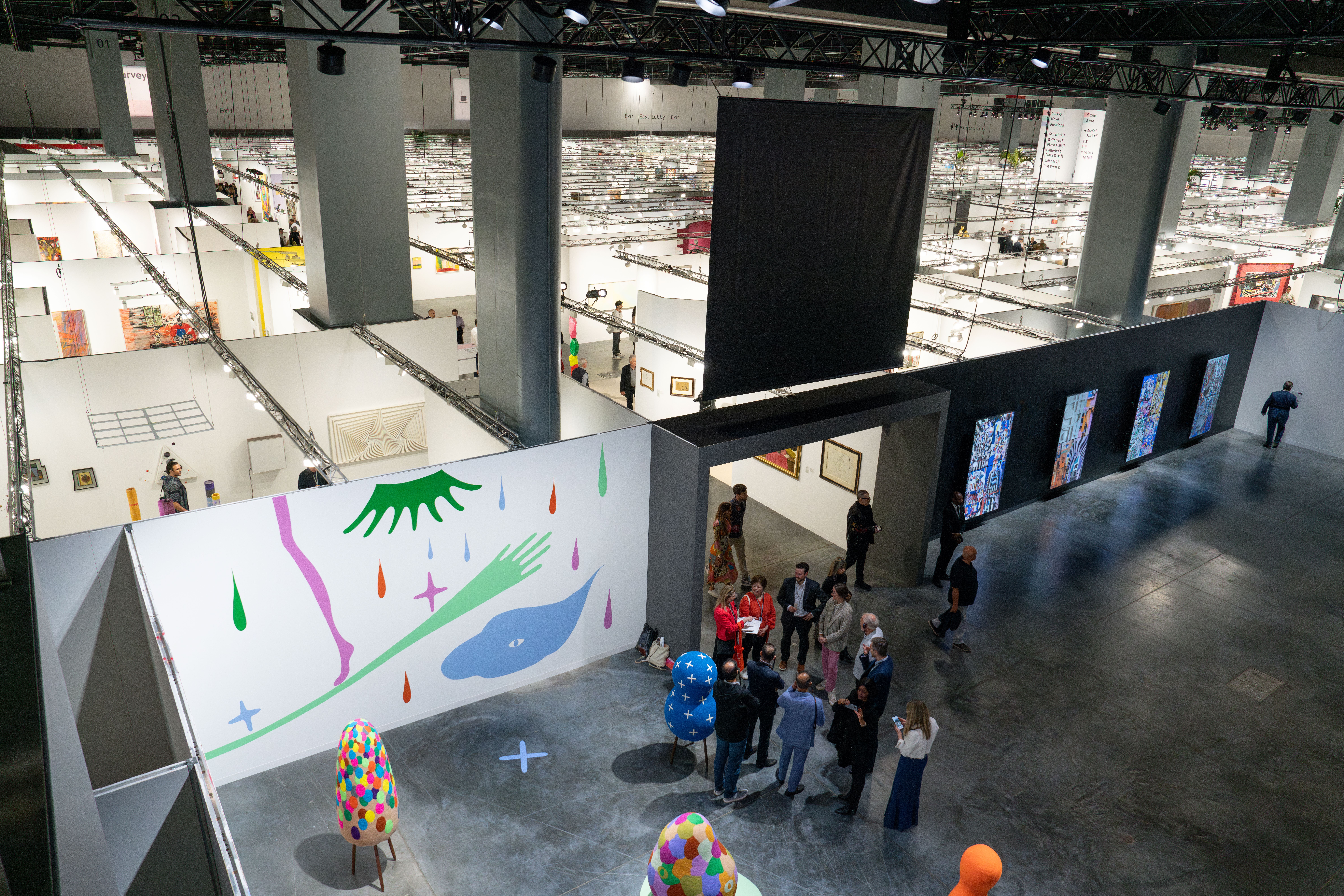
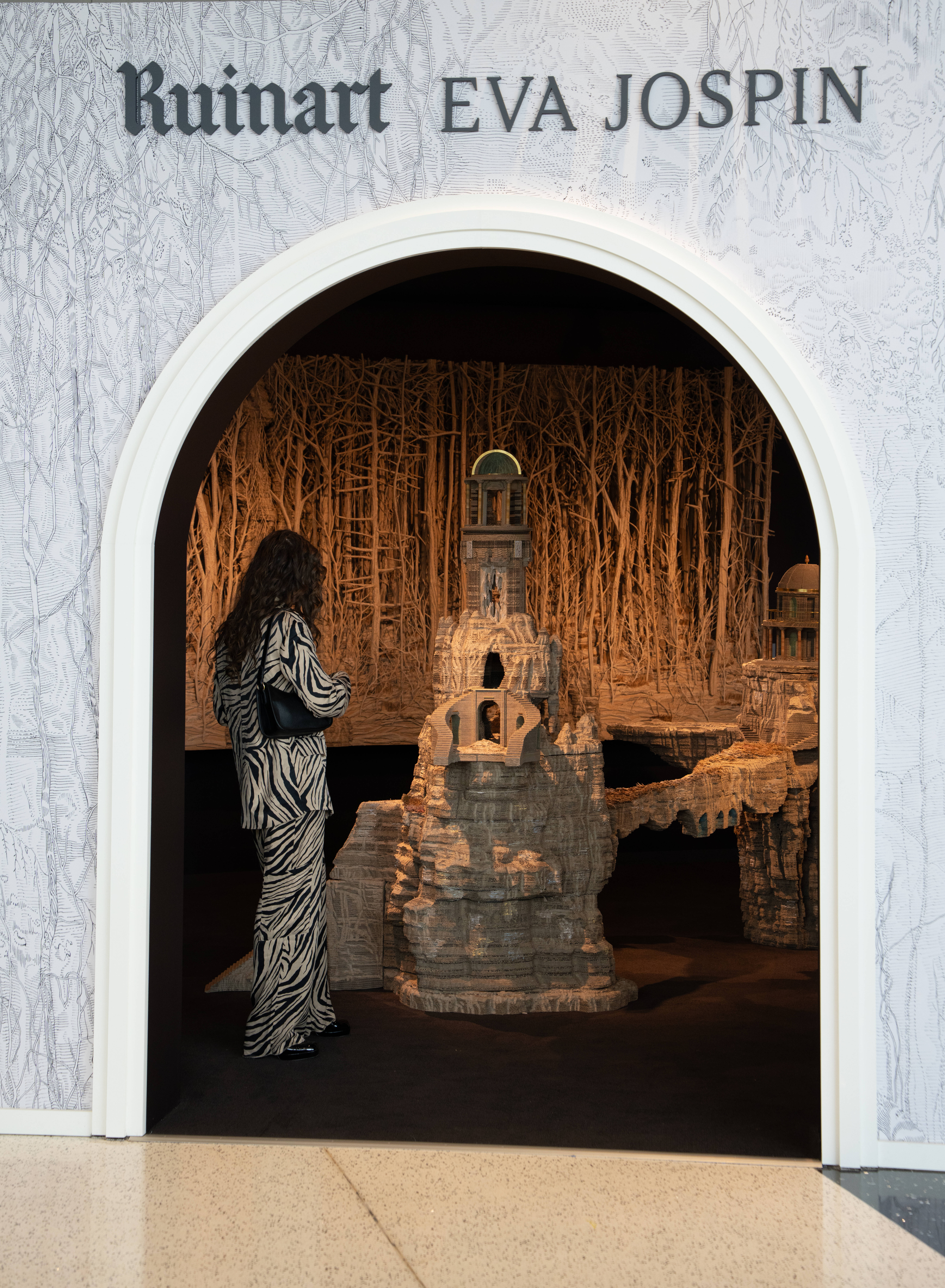





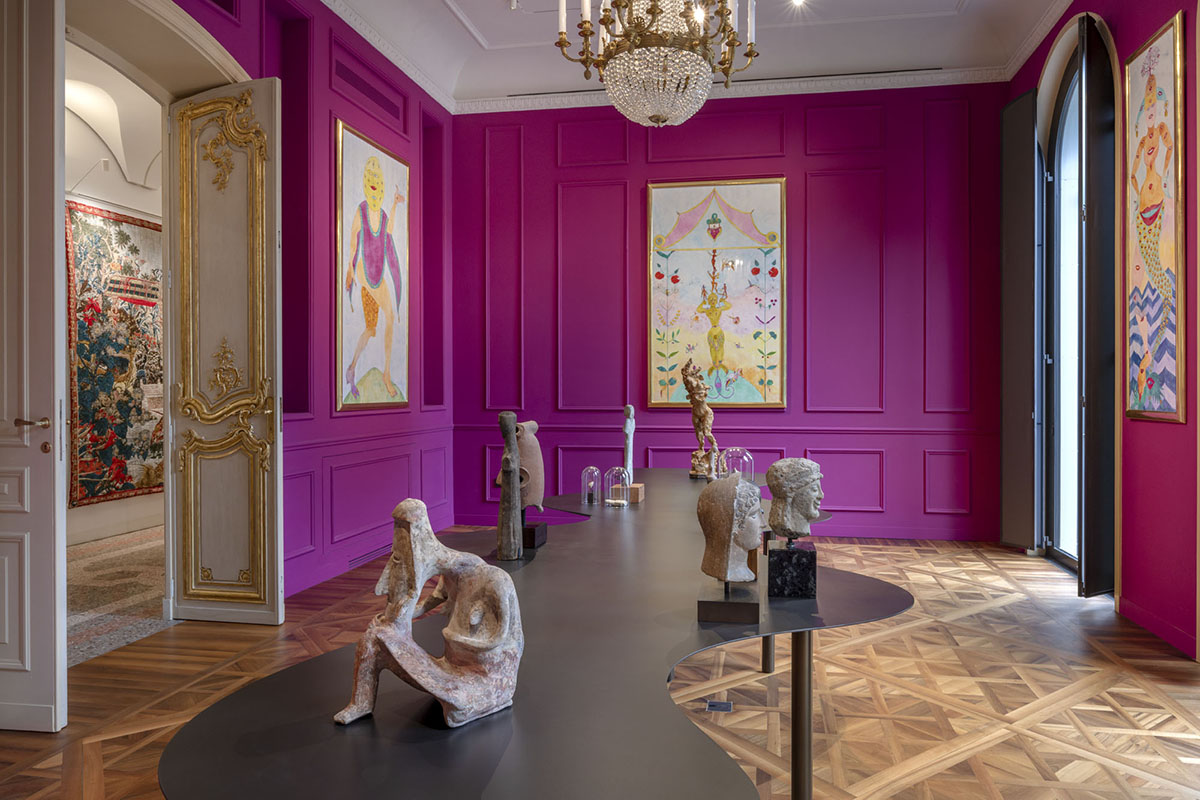

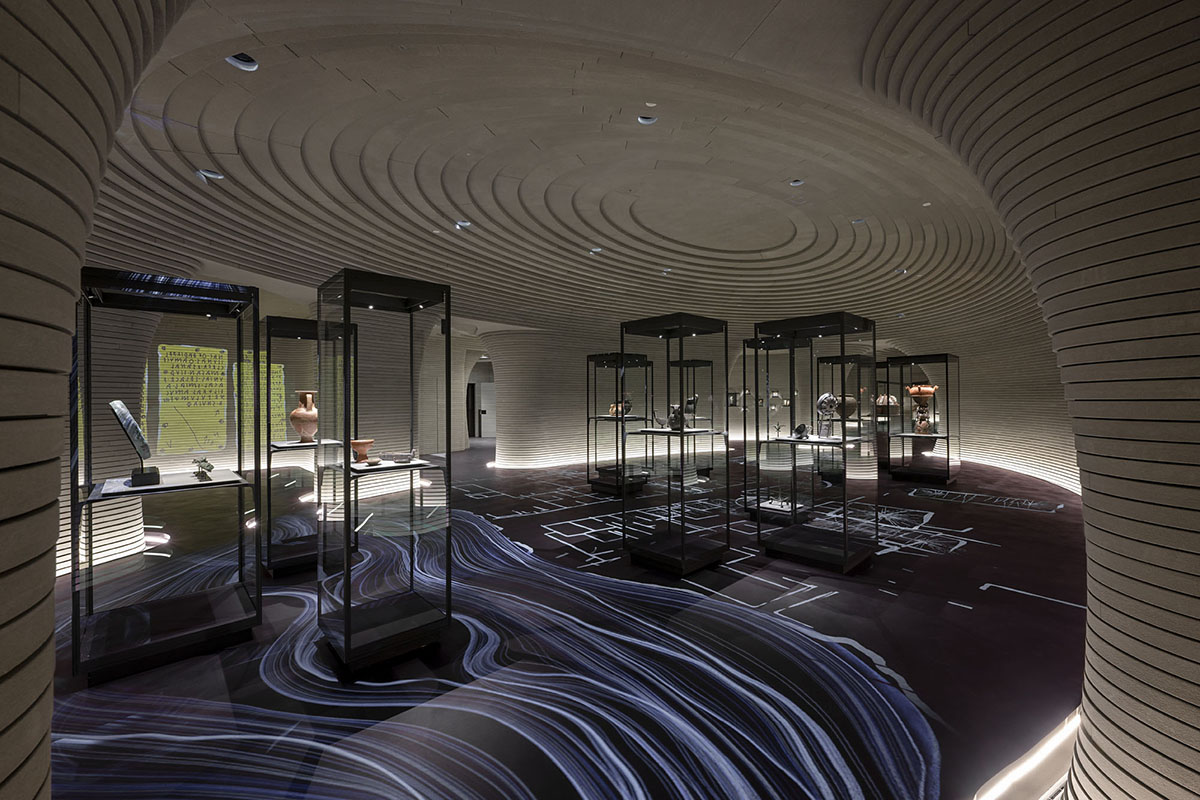
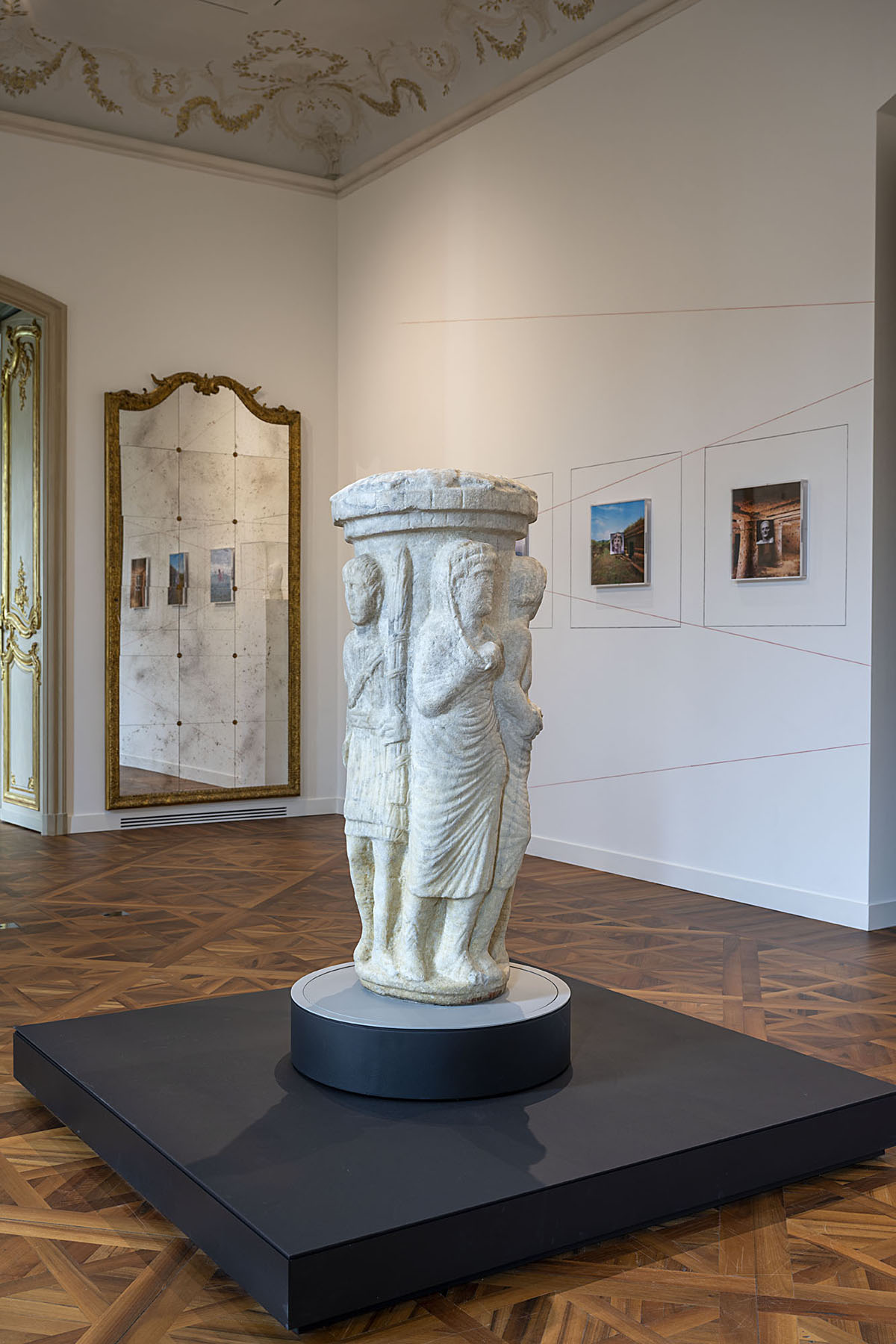
















Recent Comments